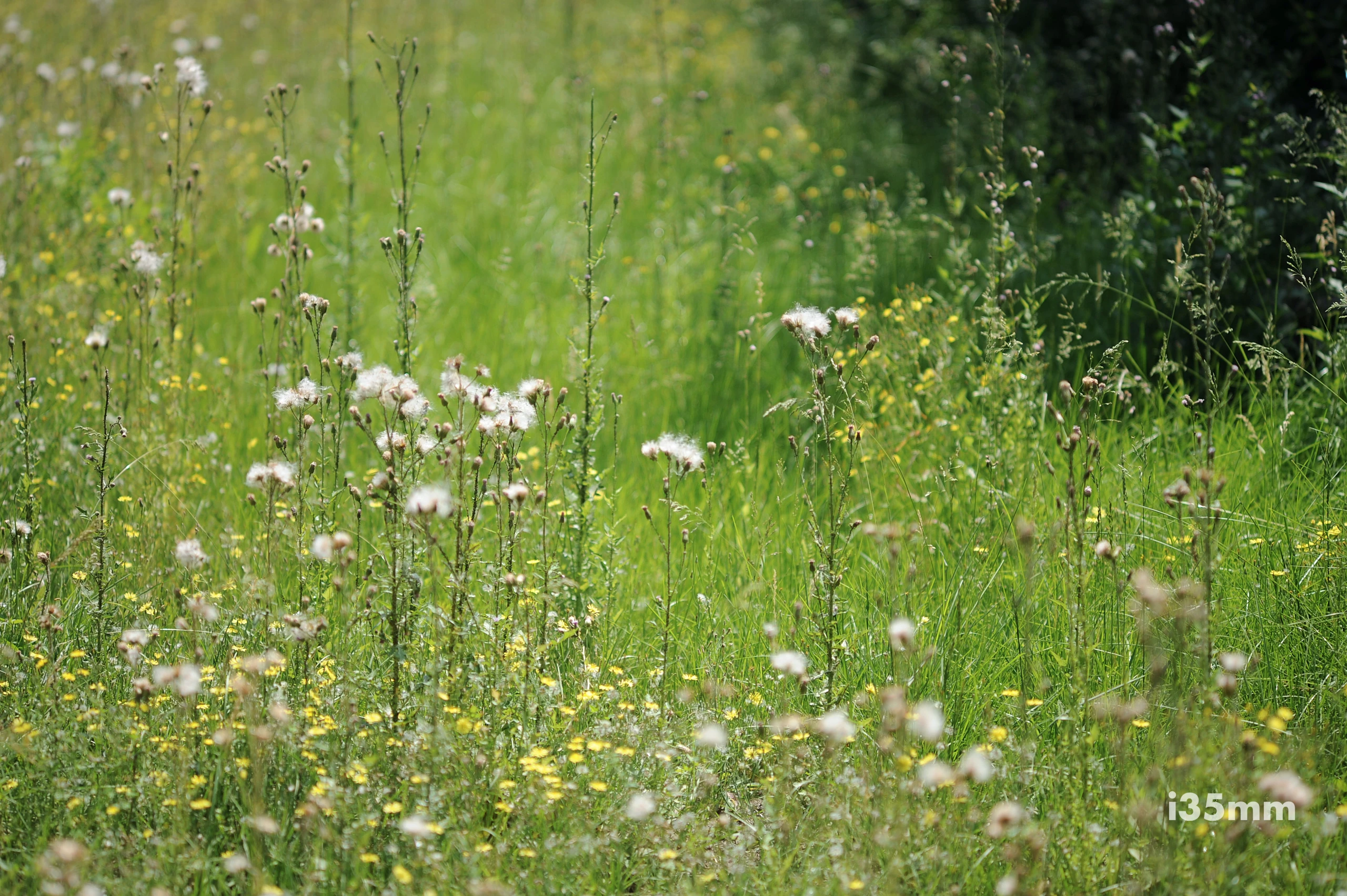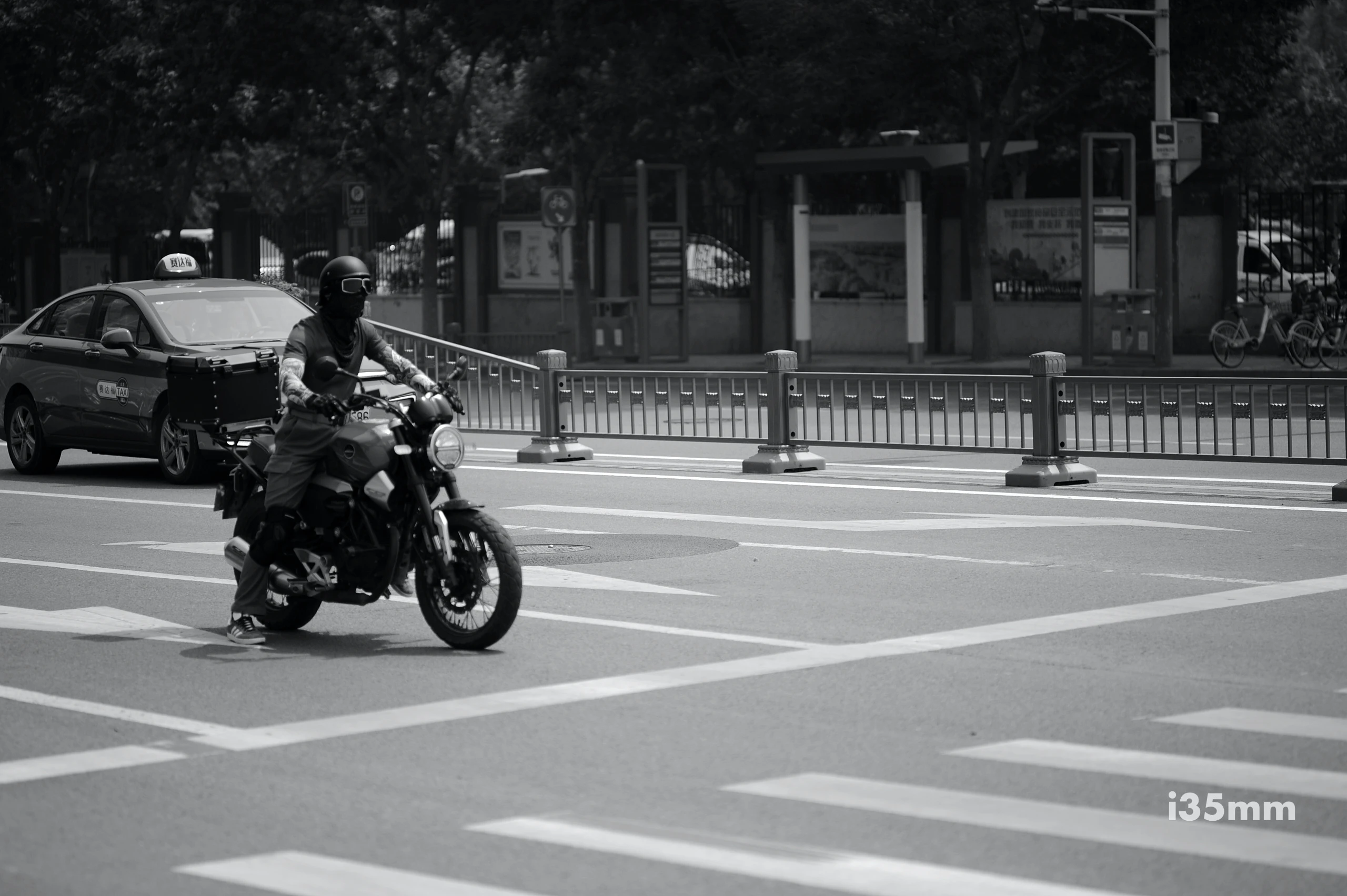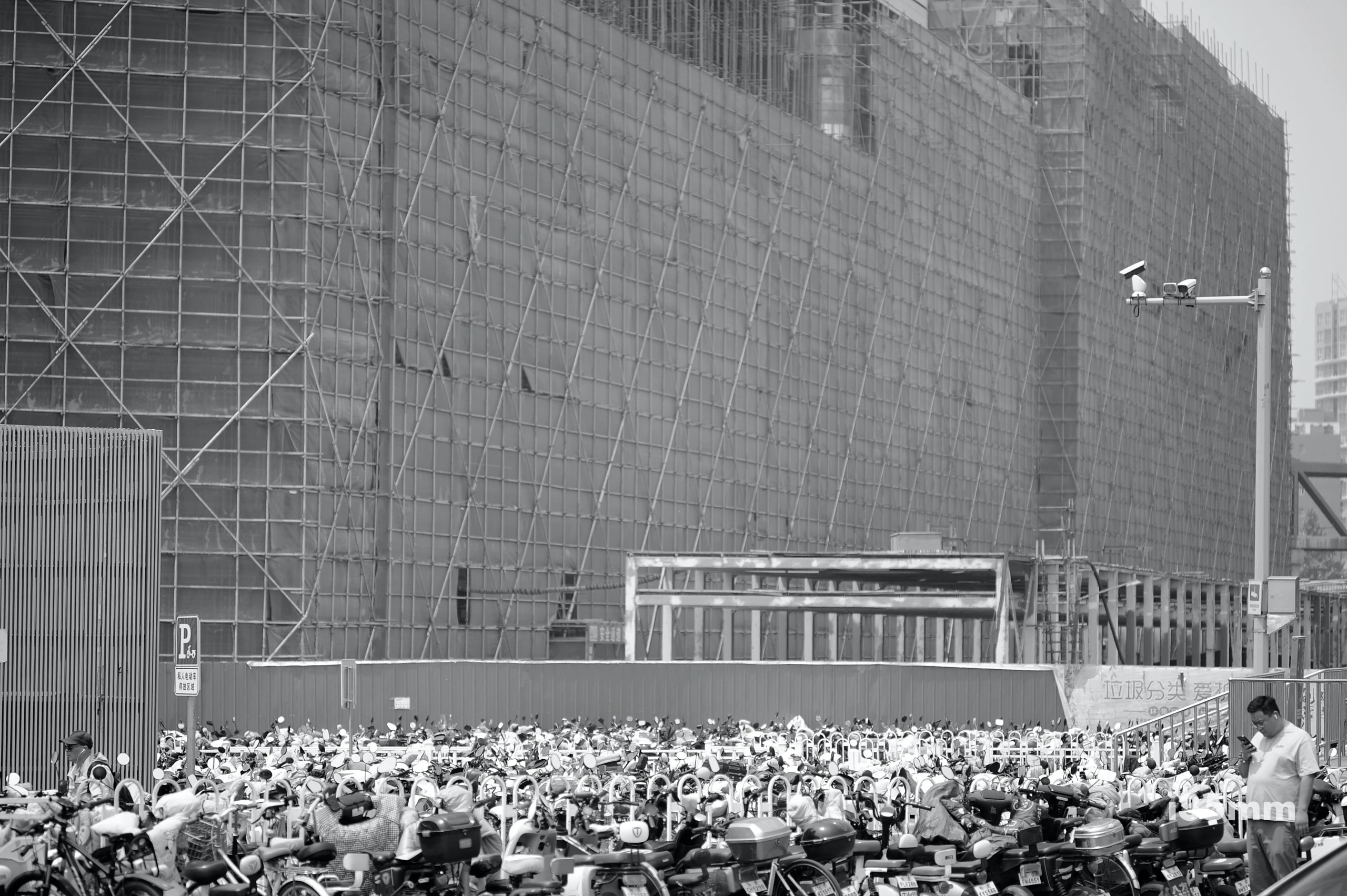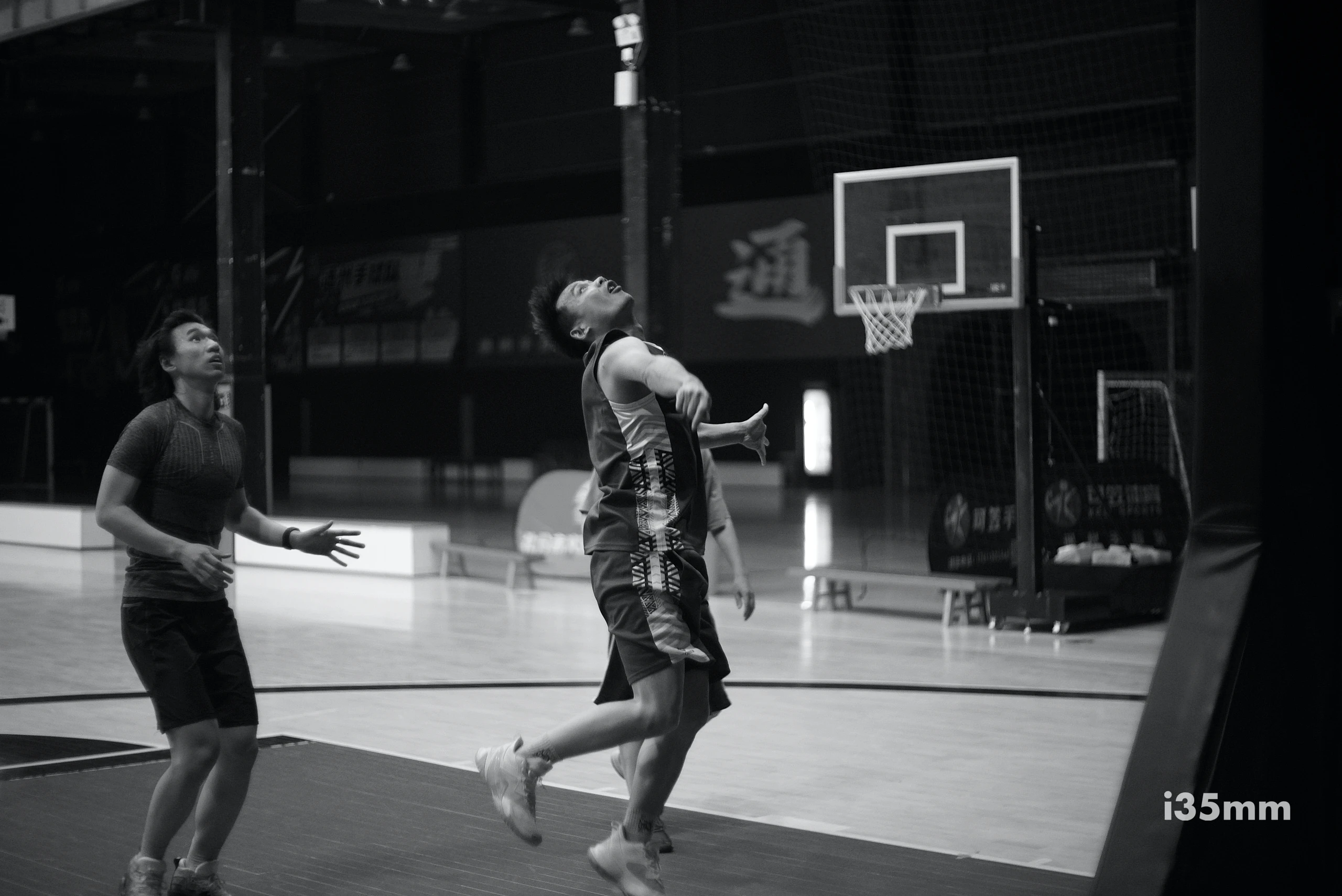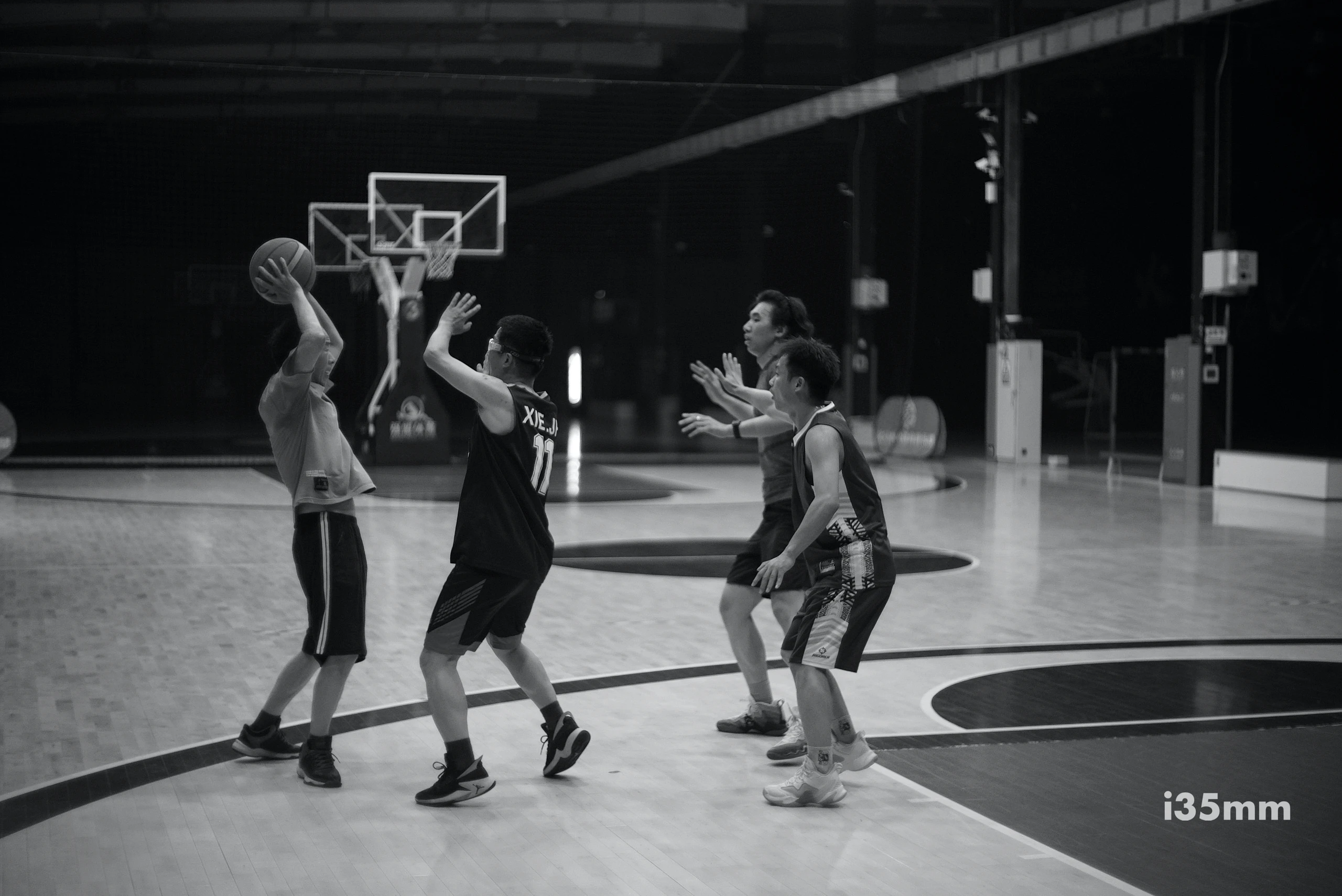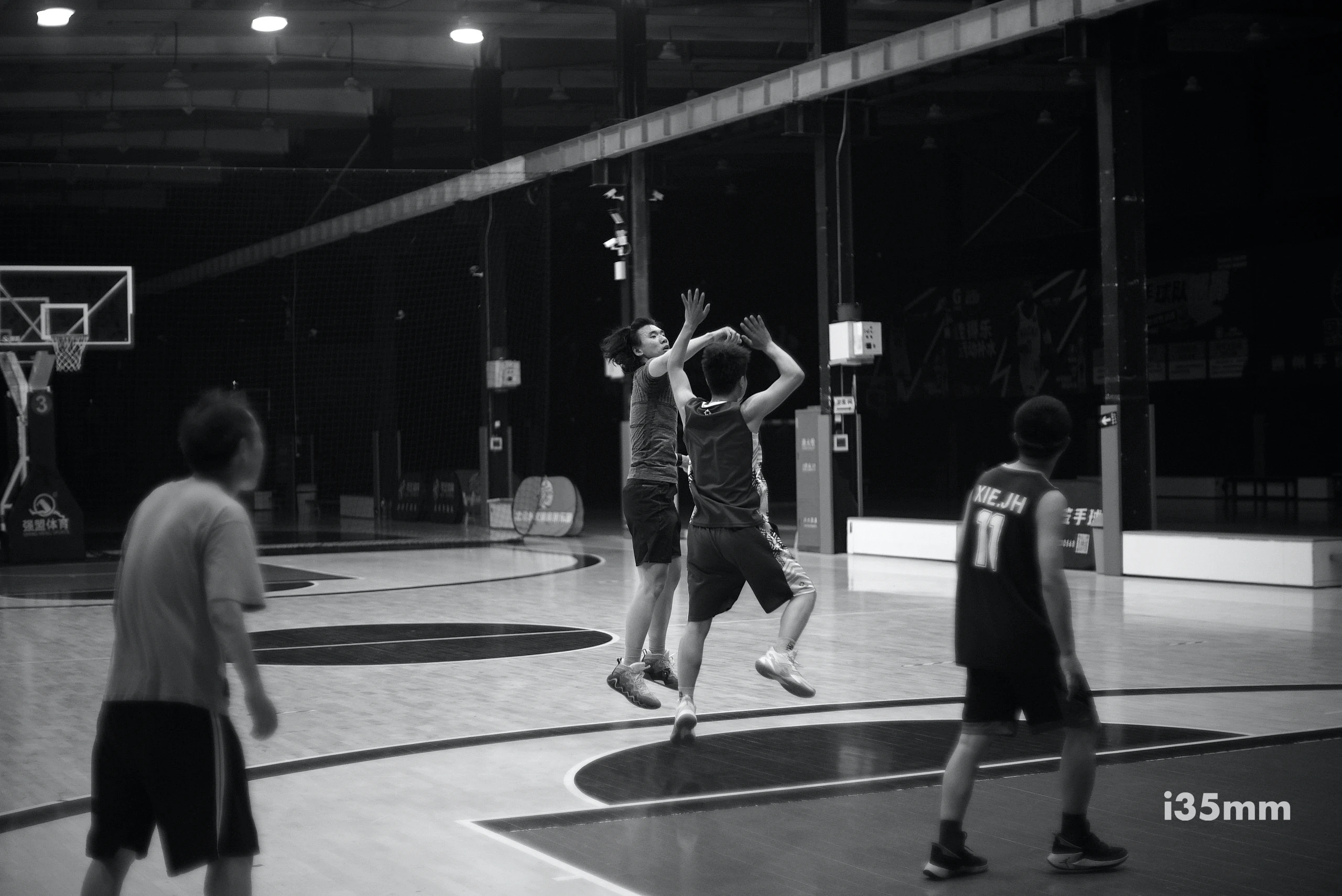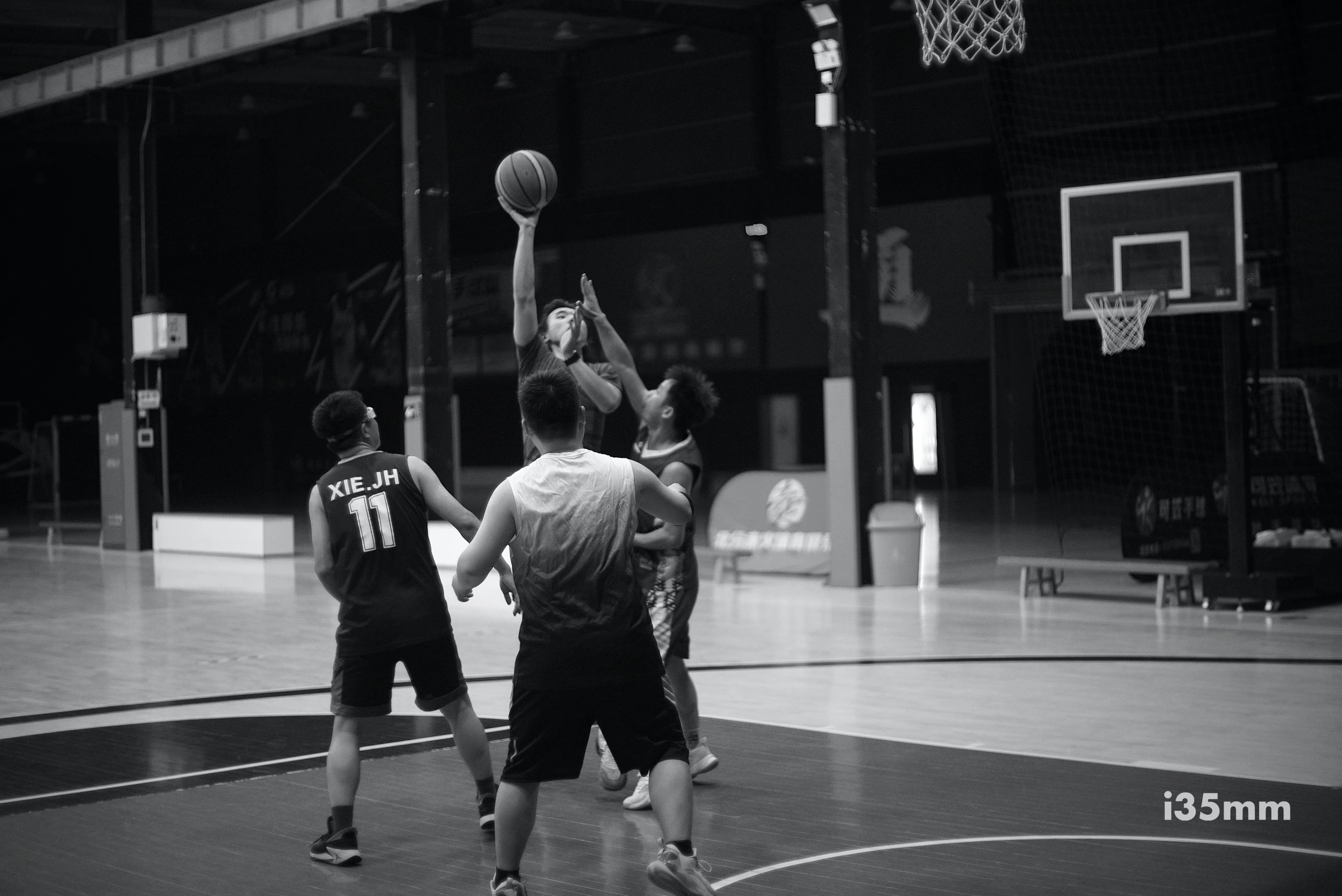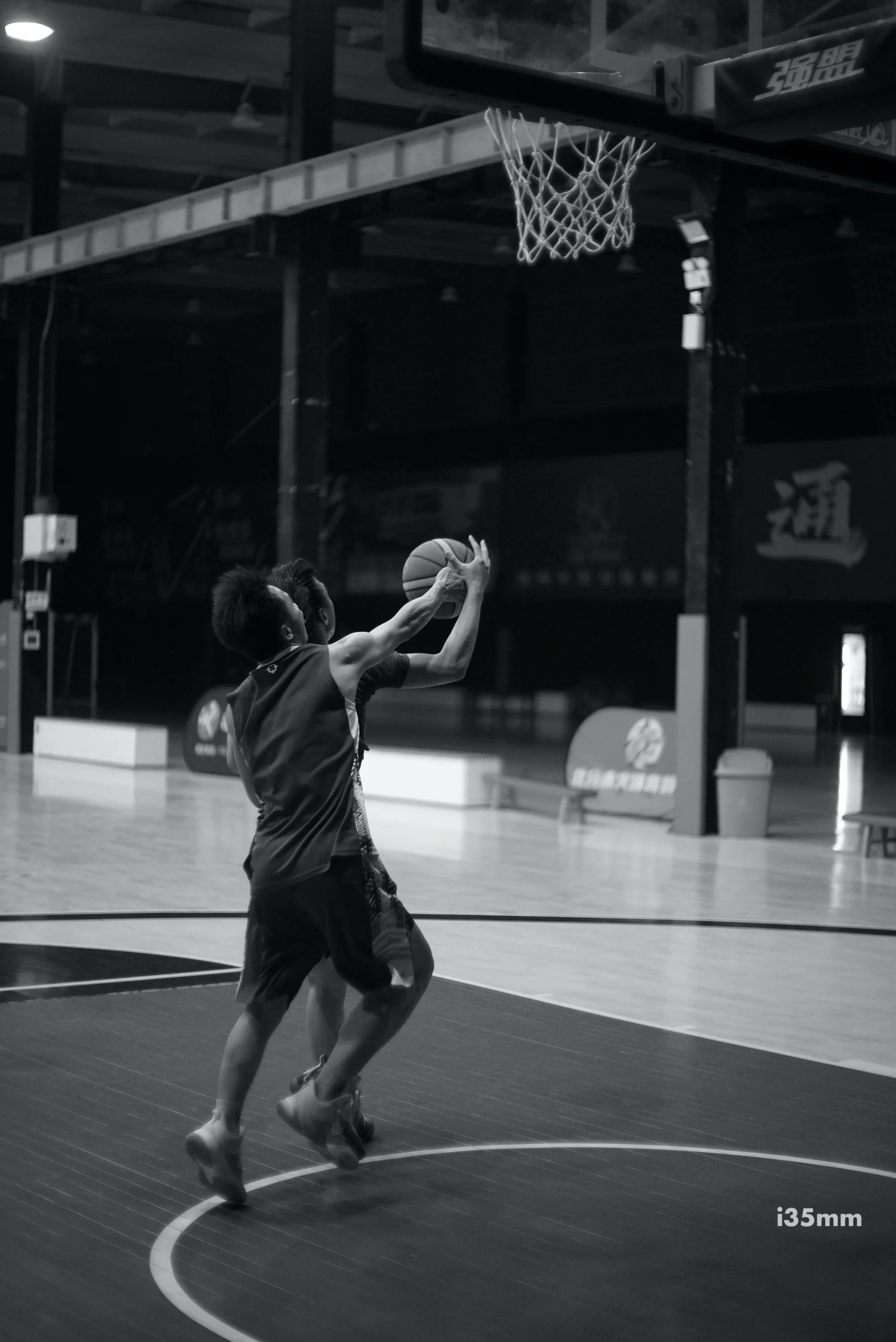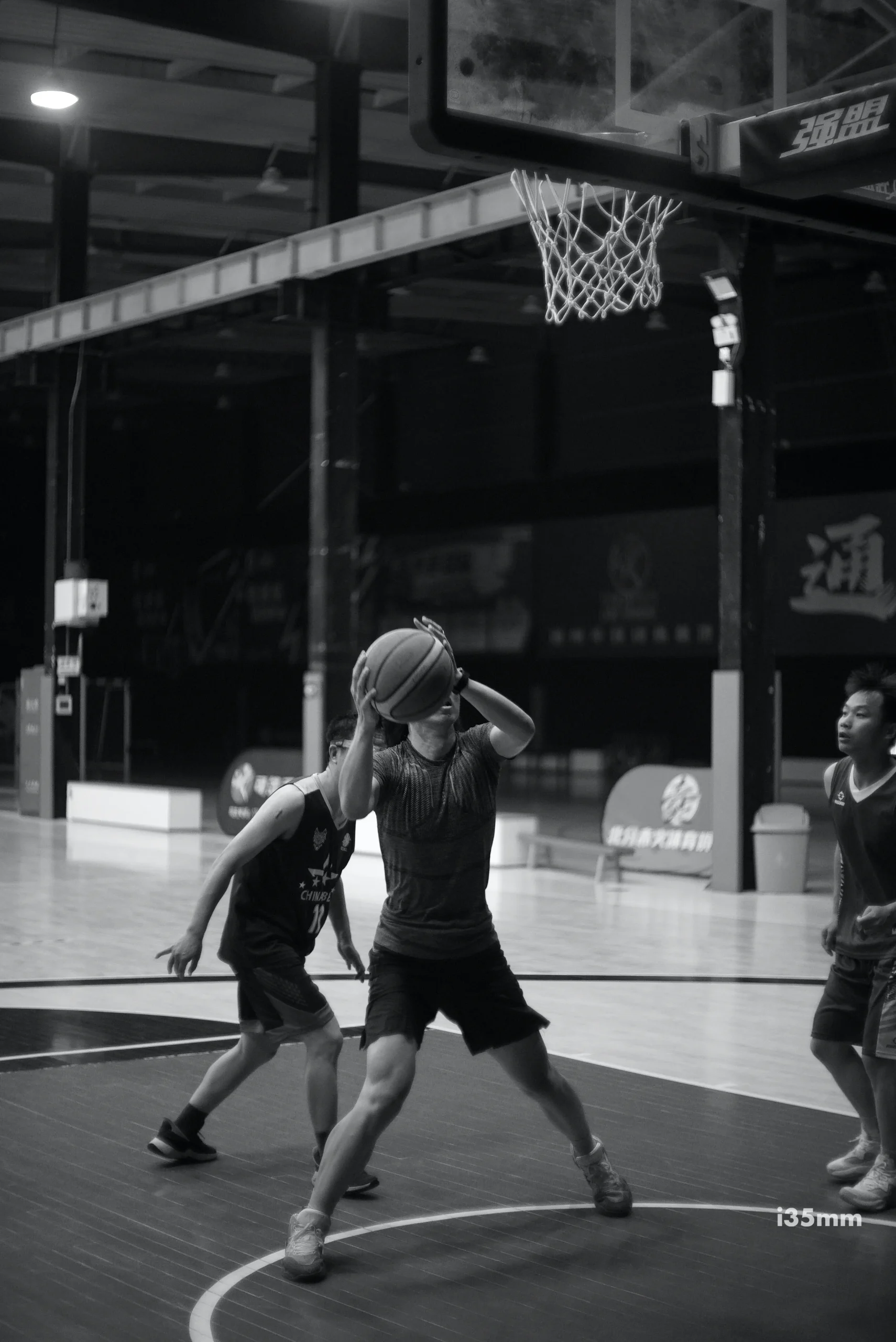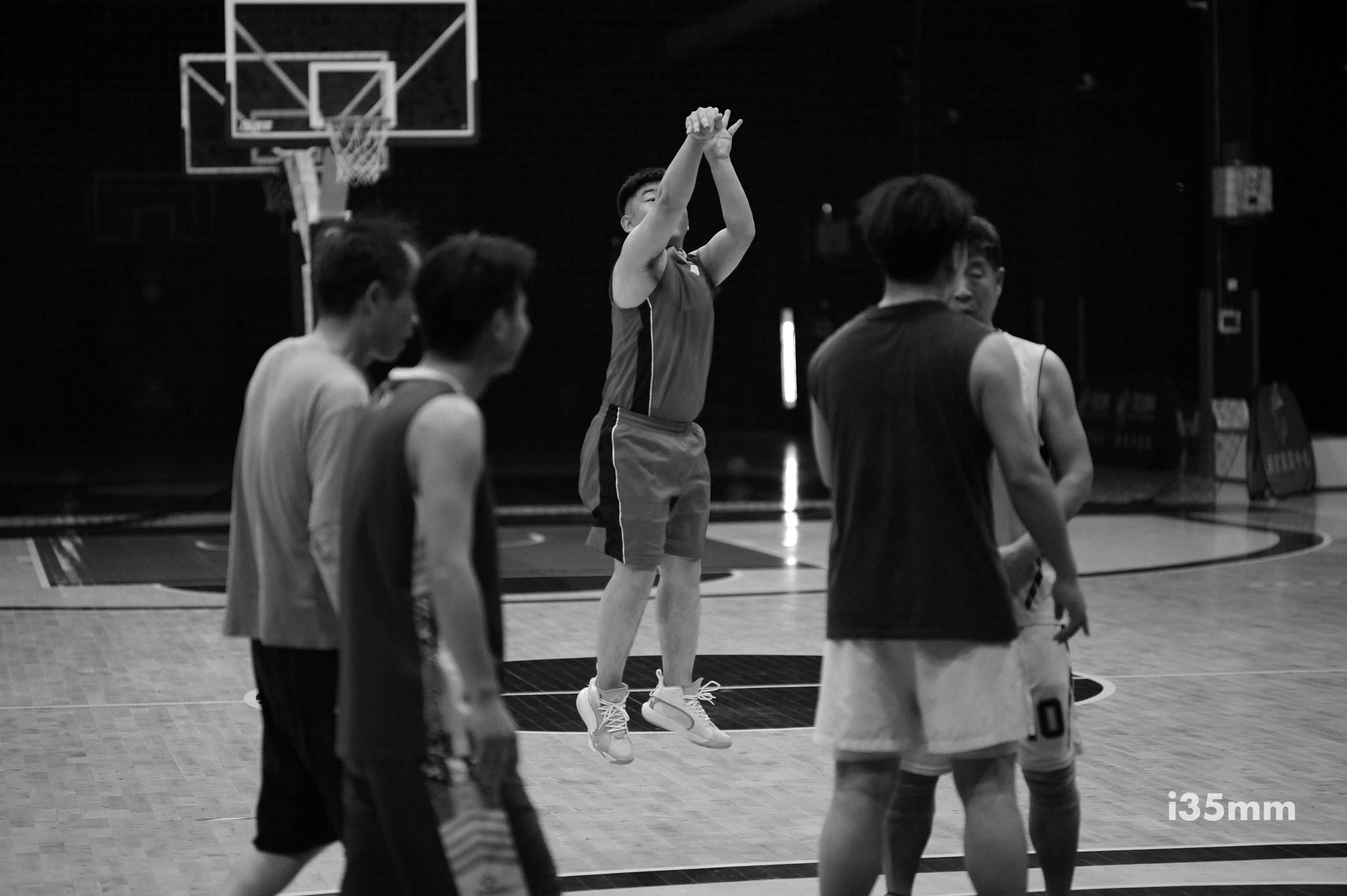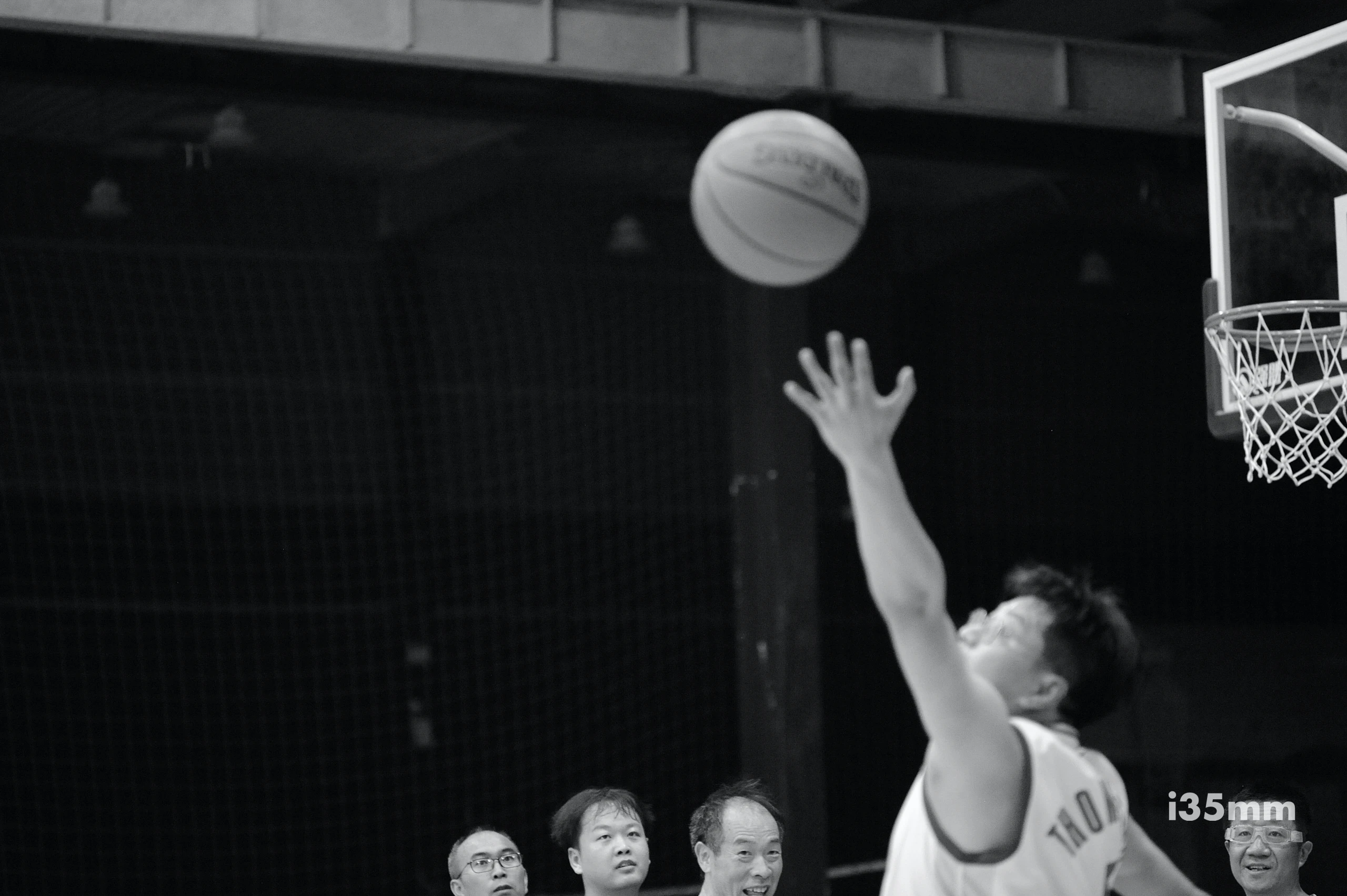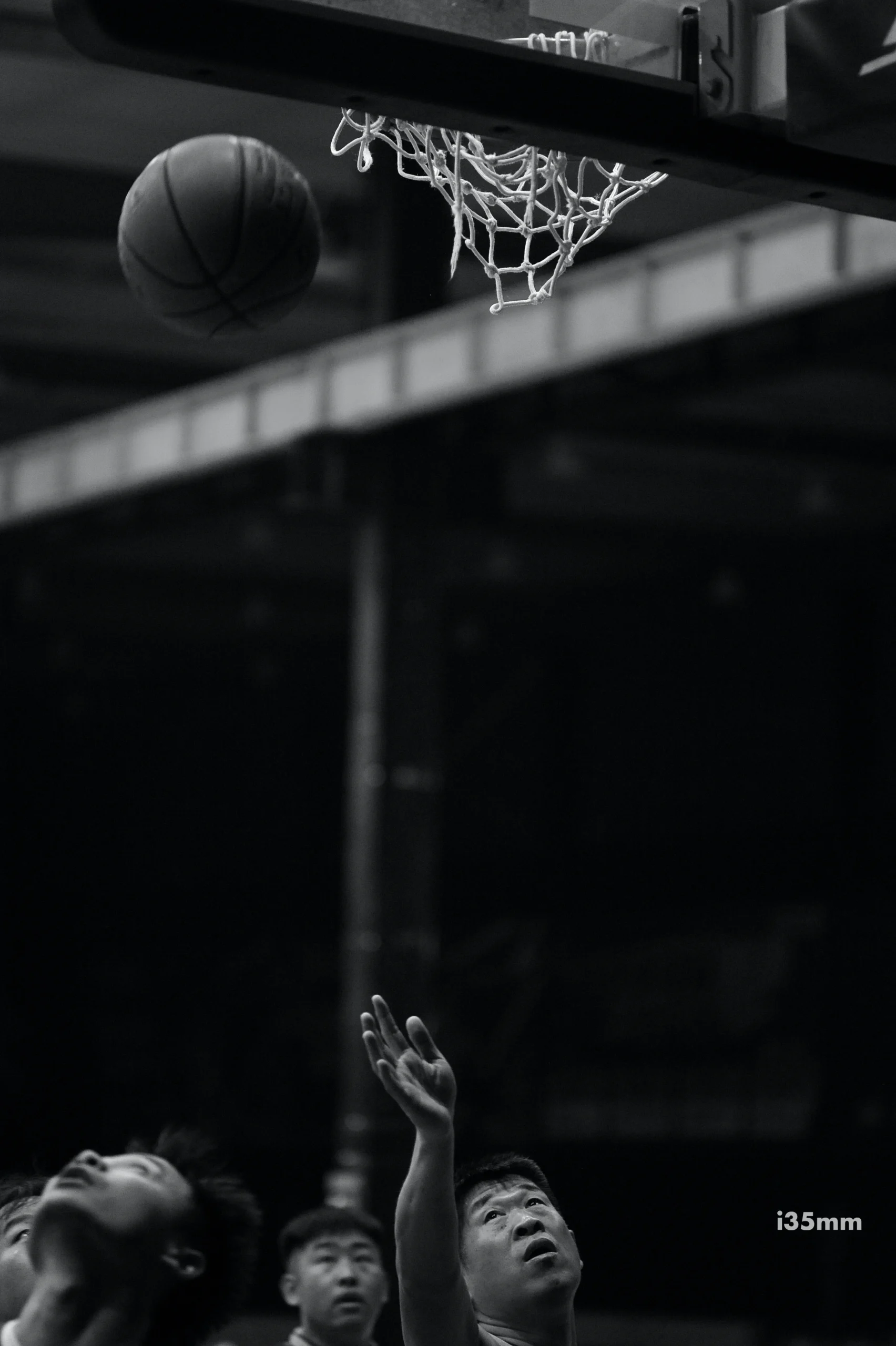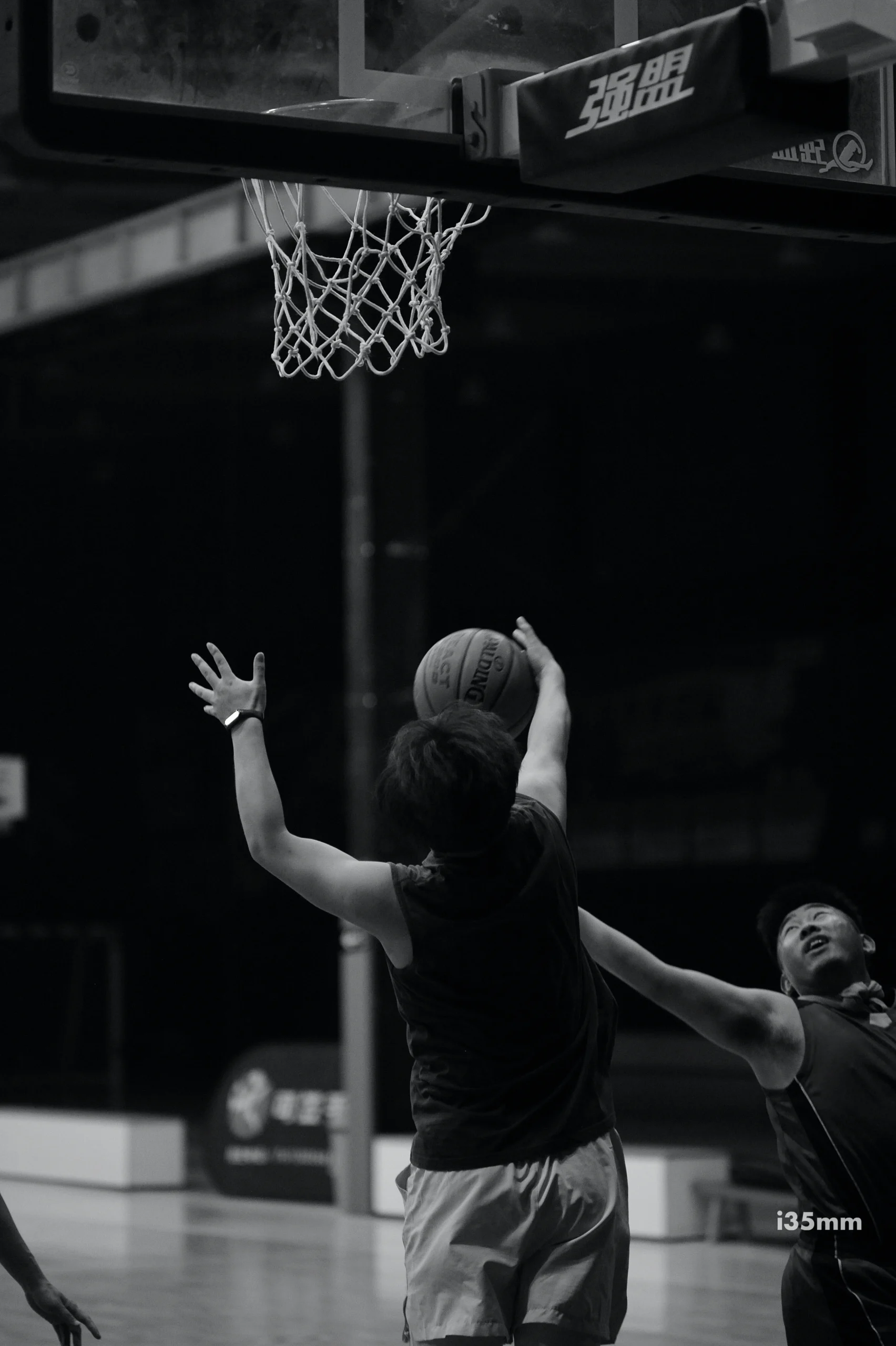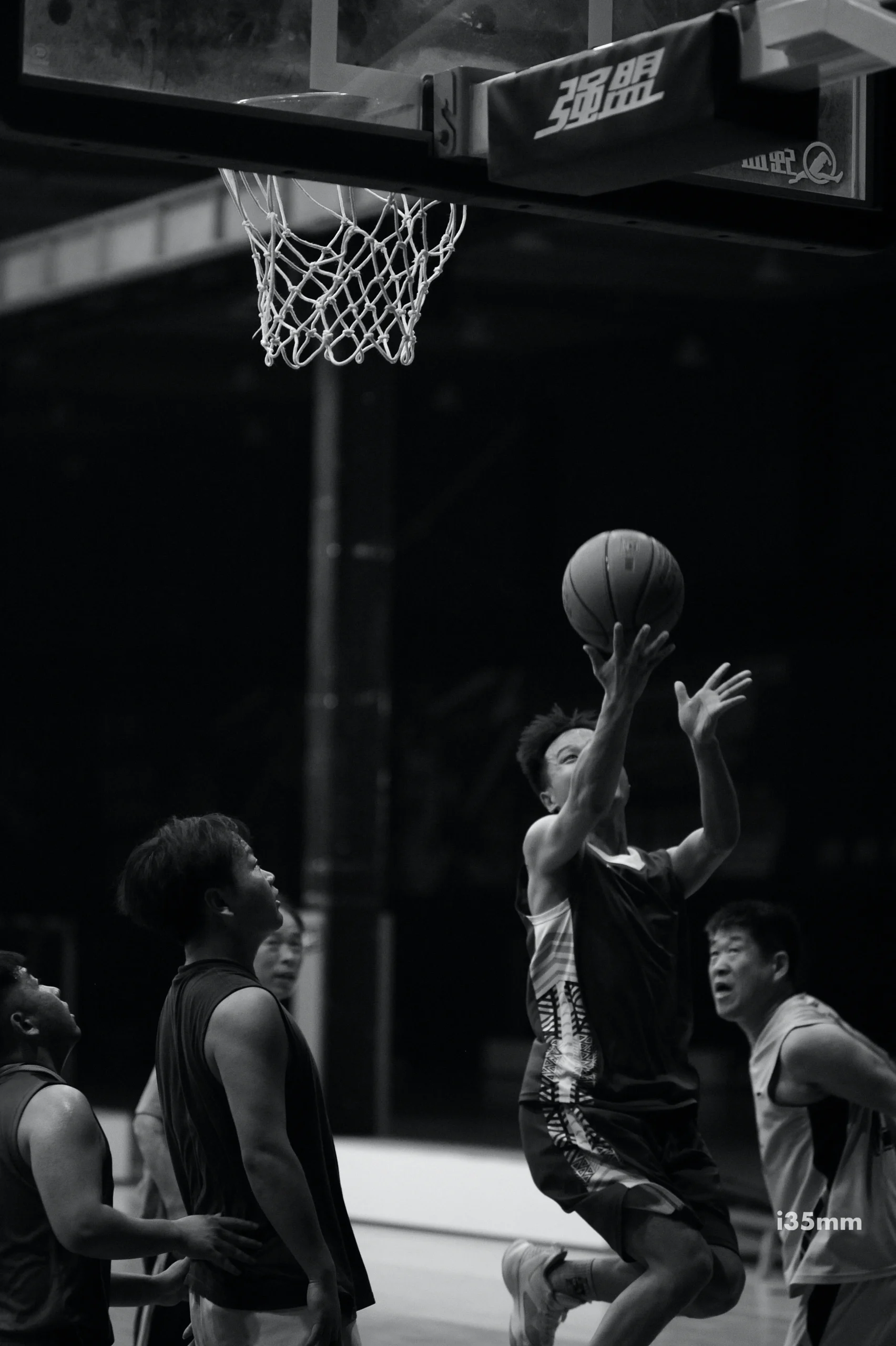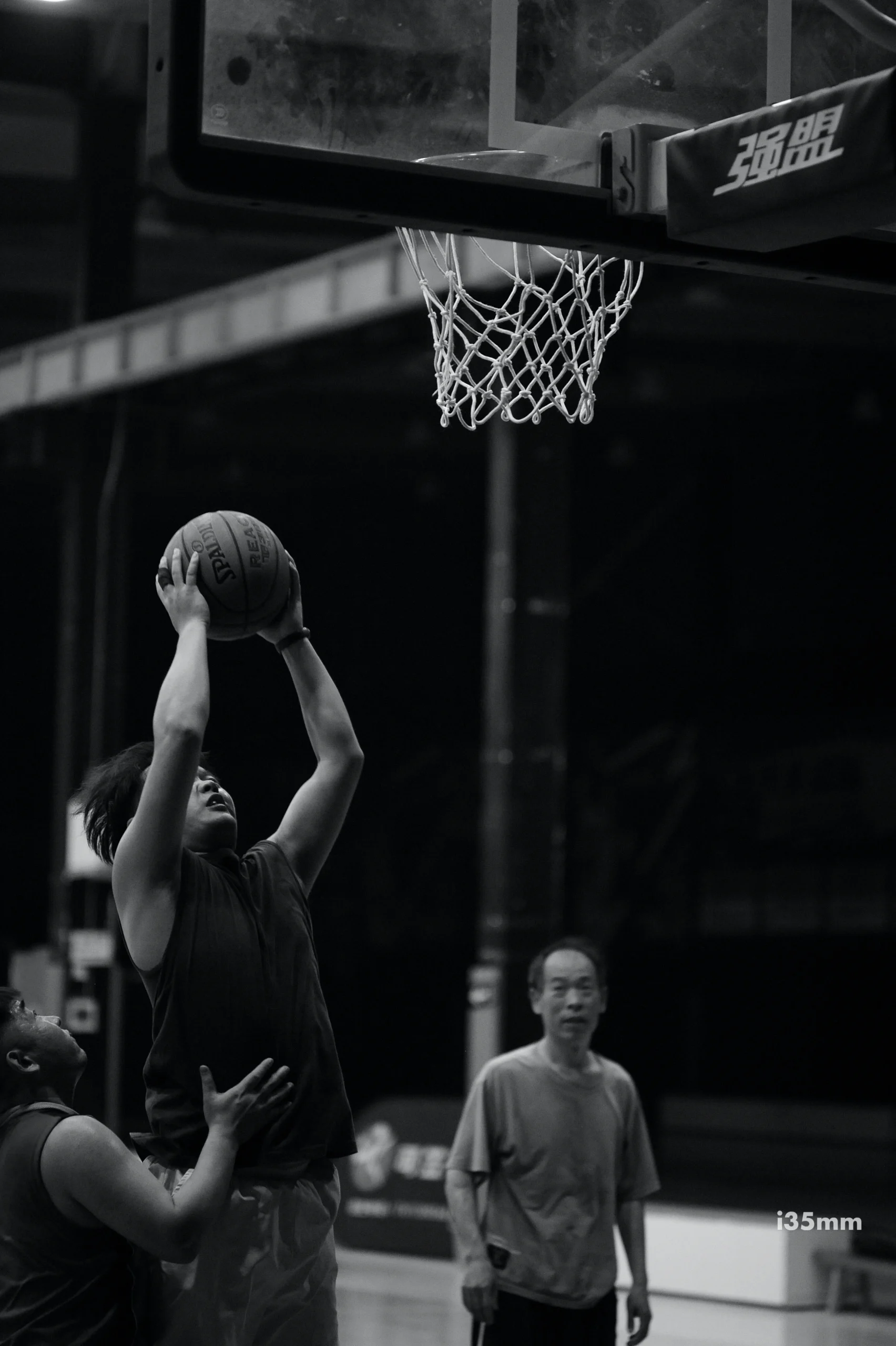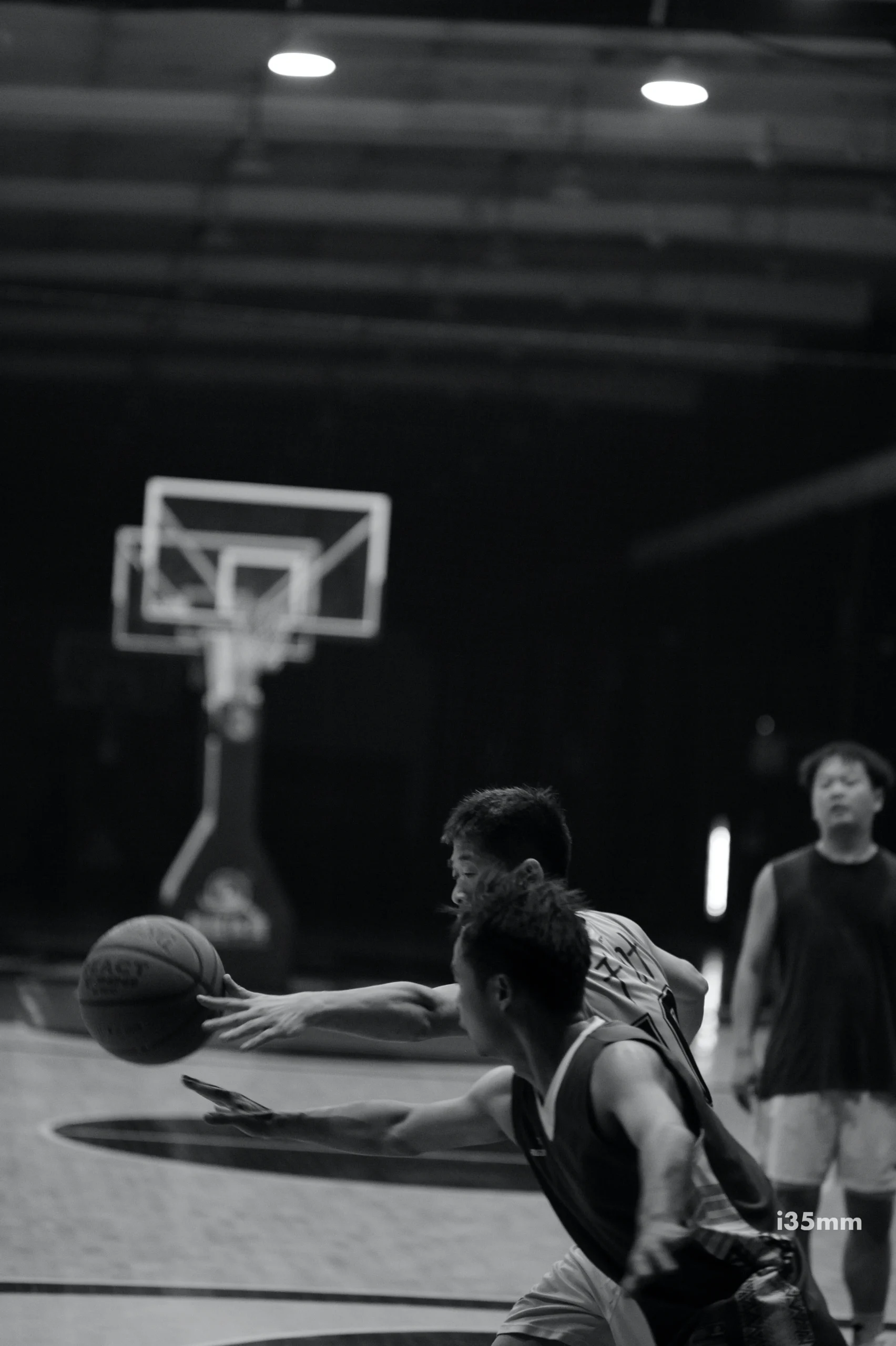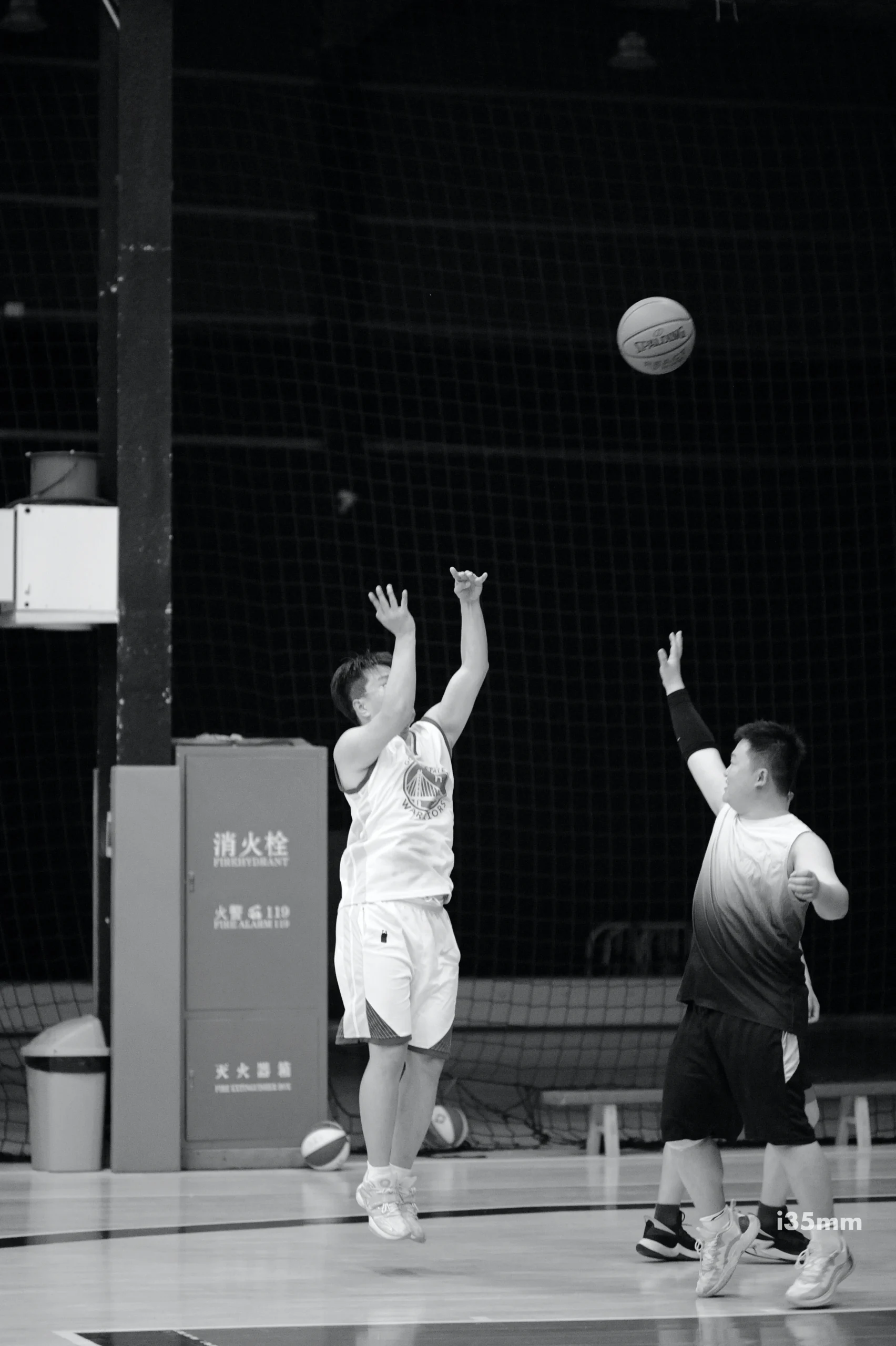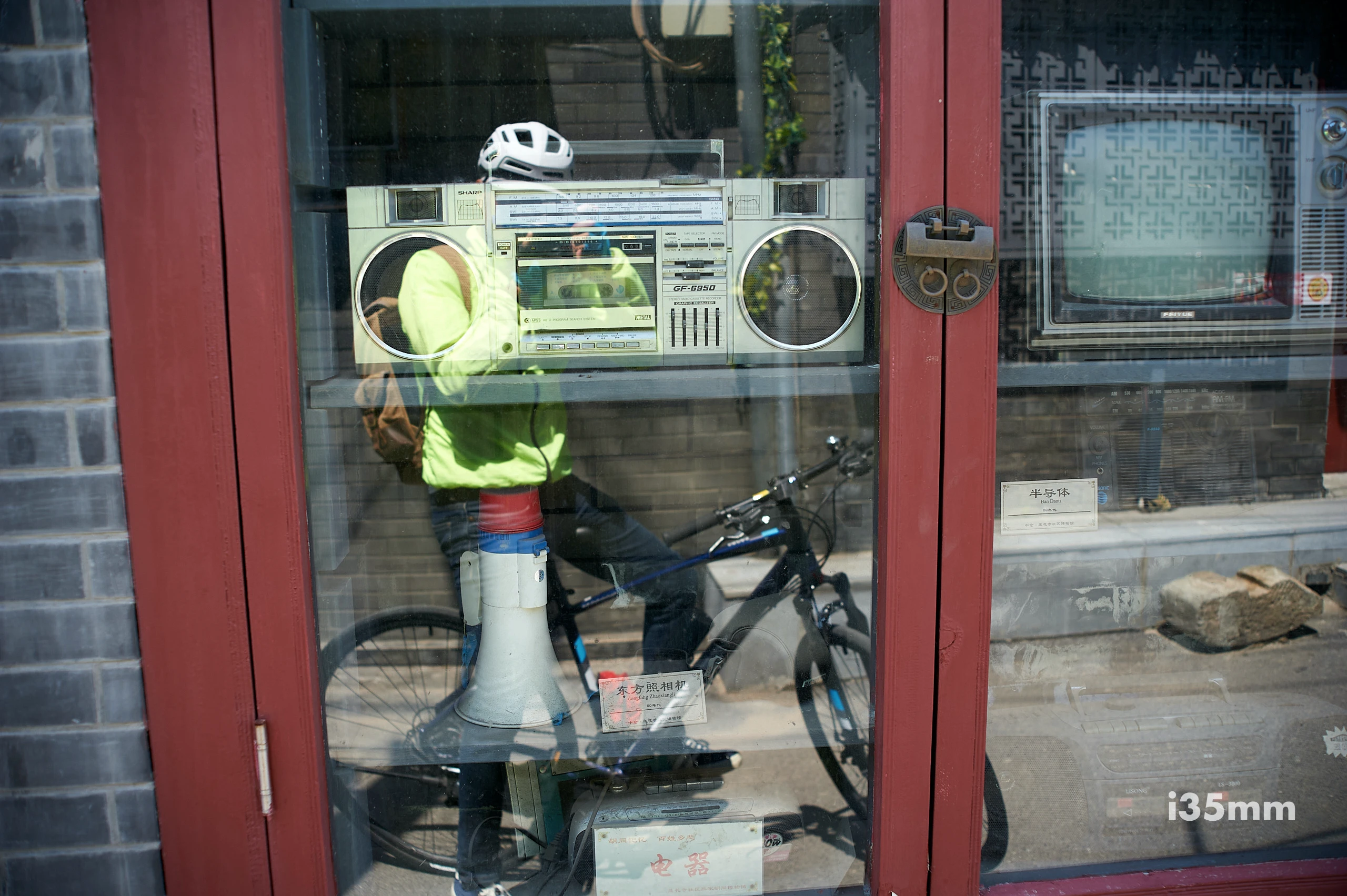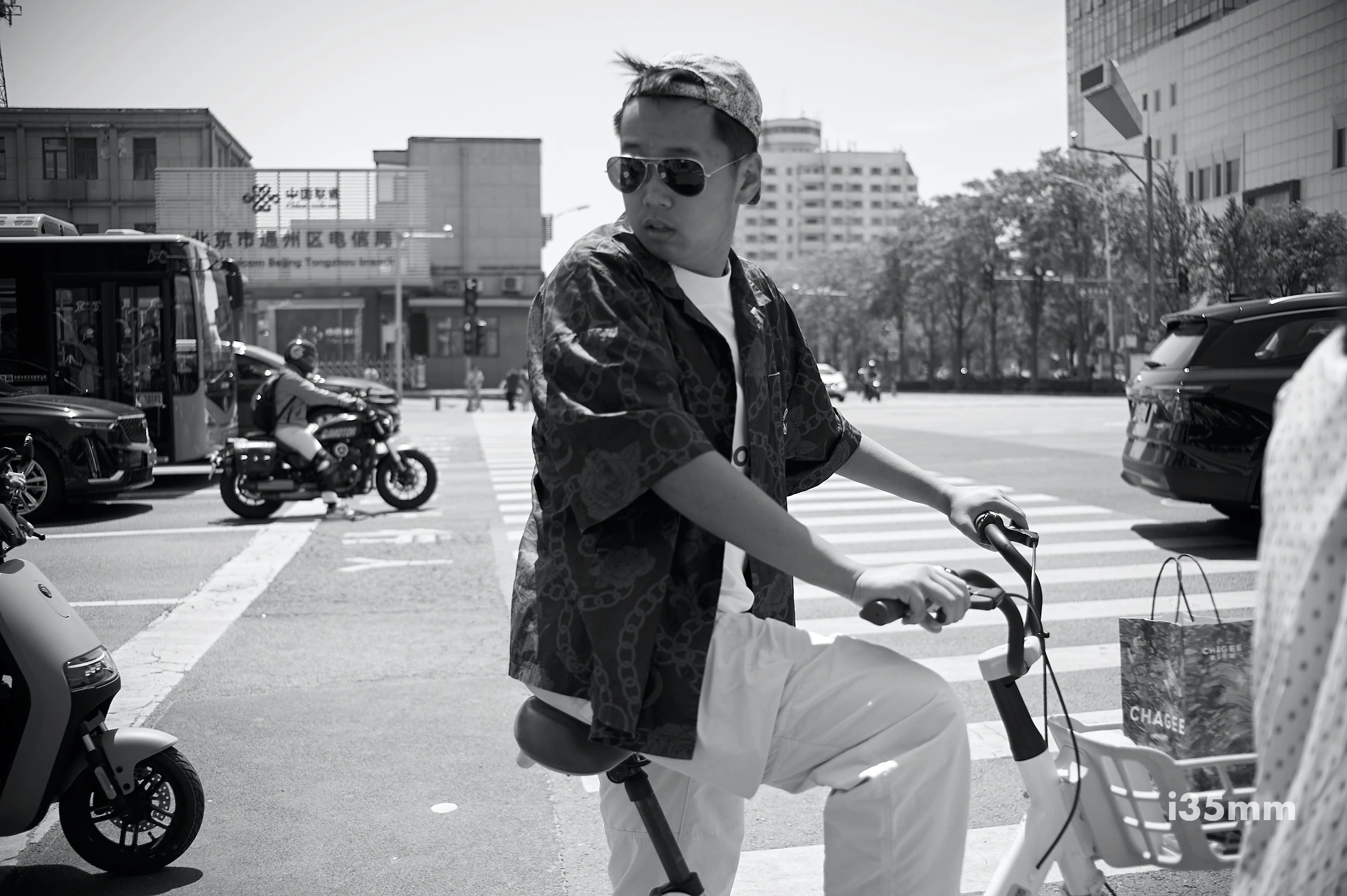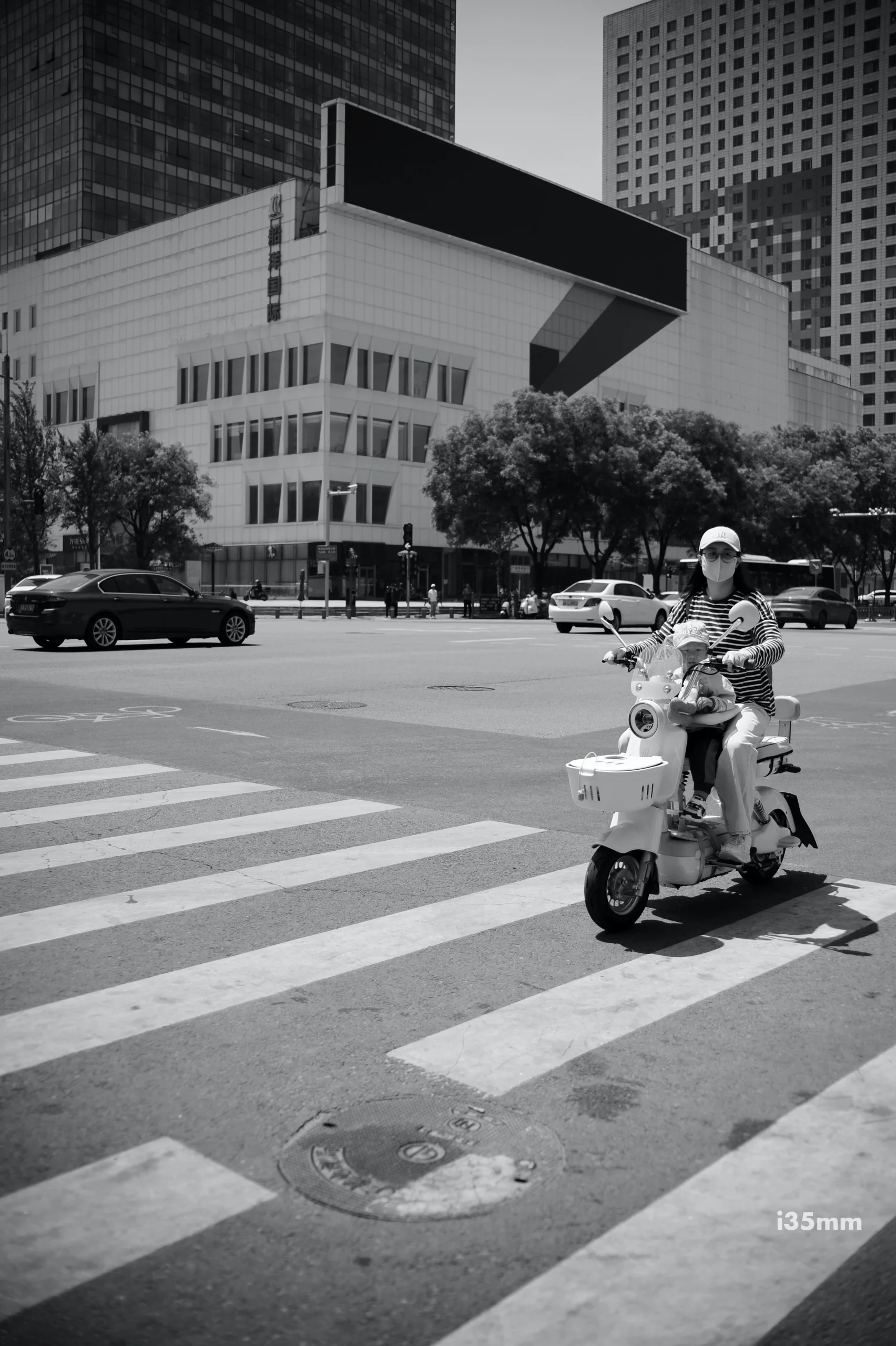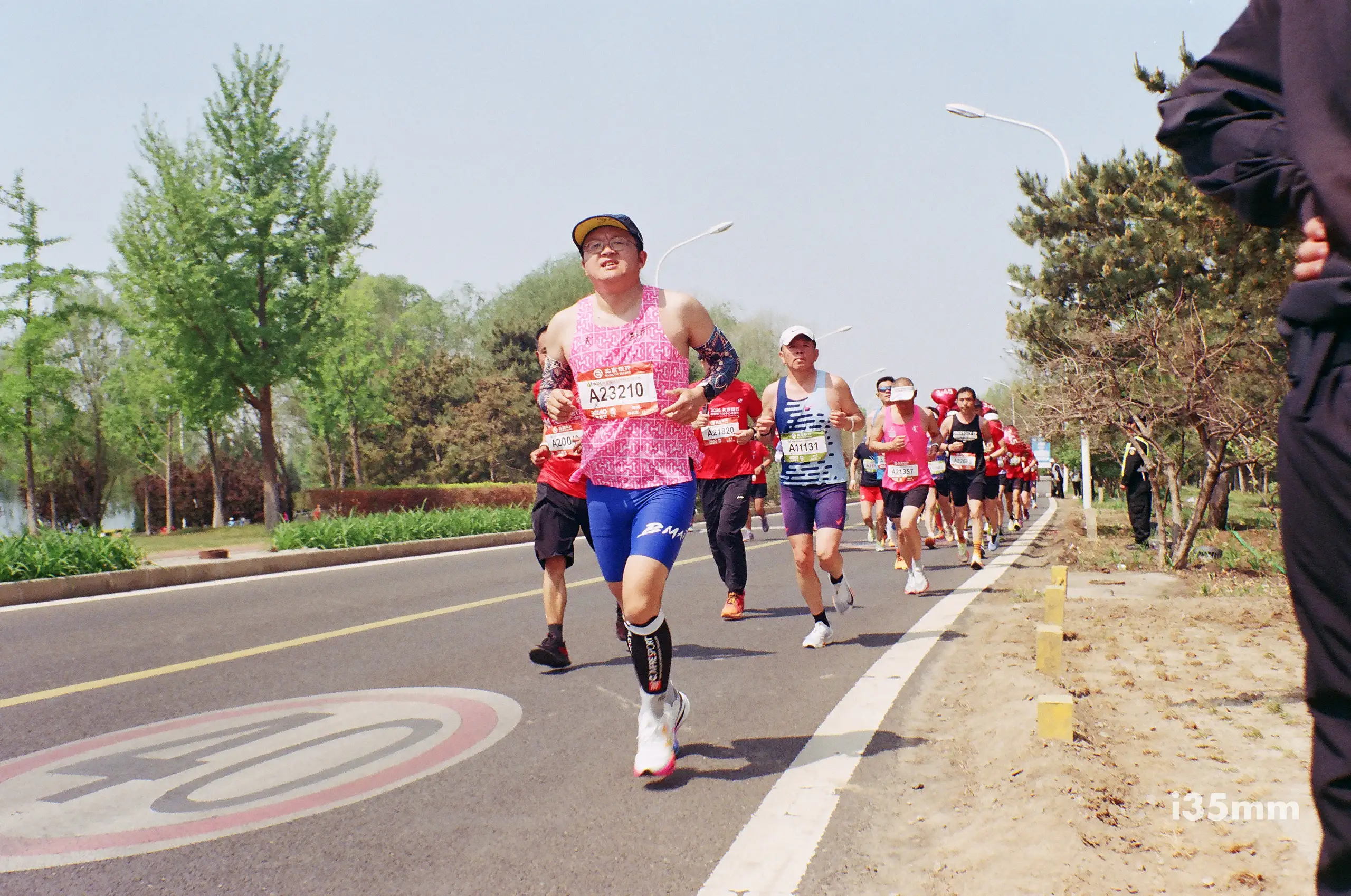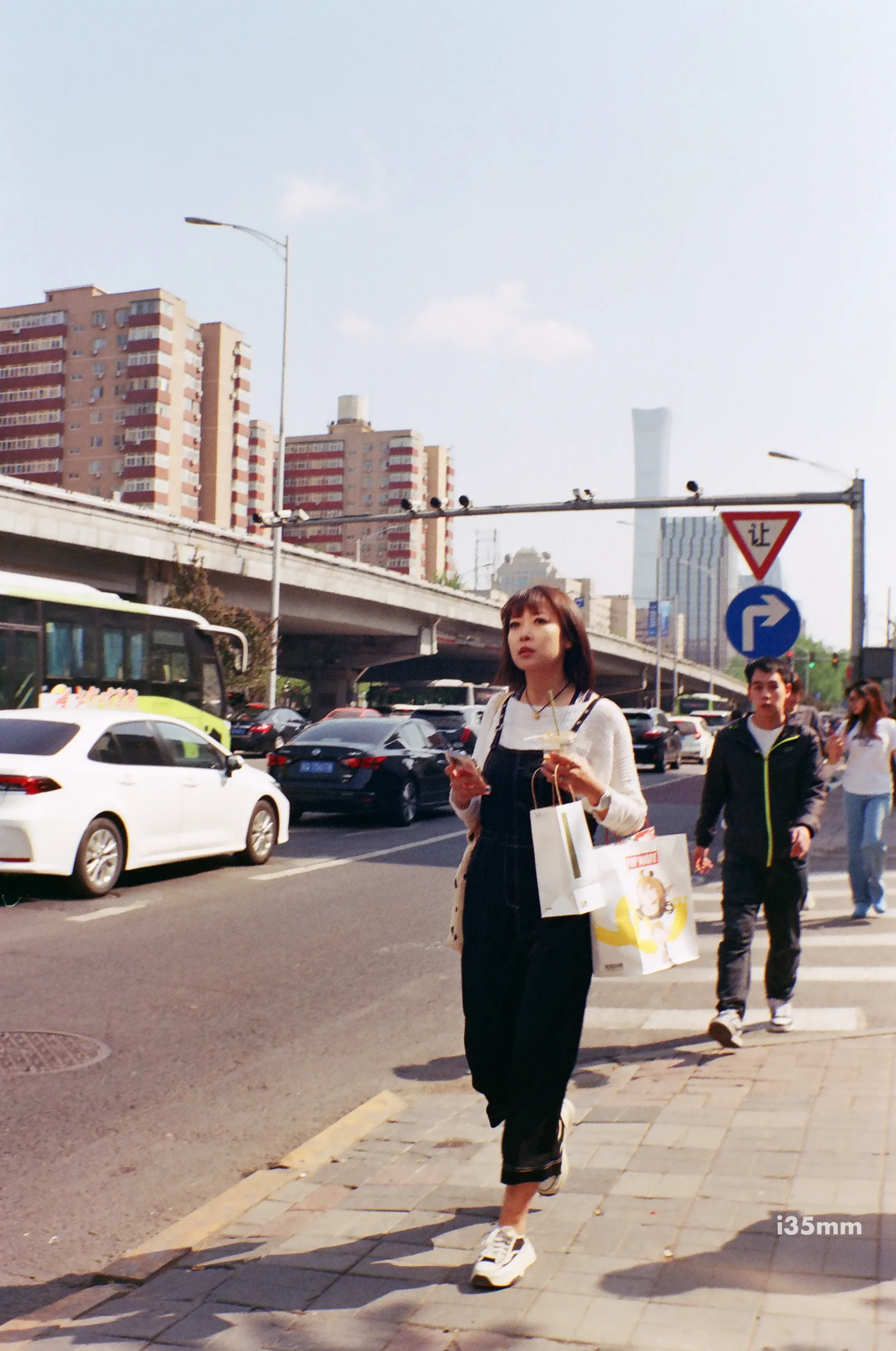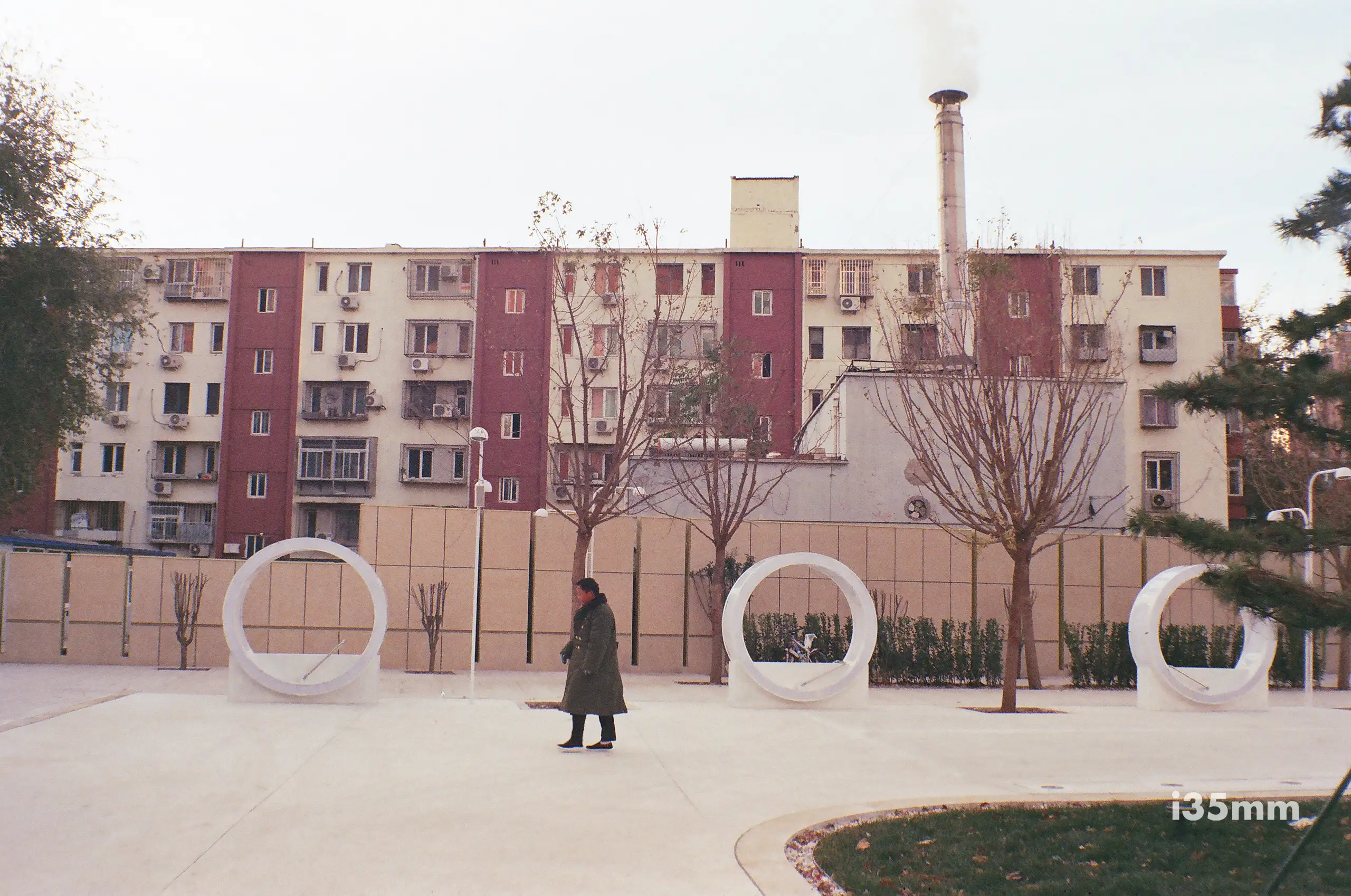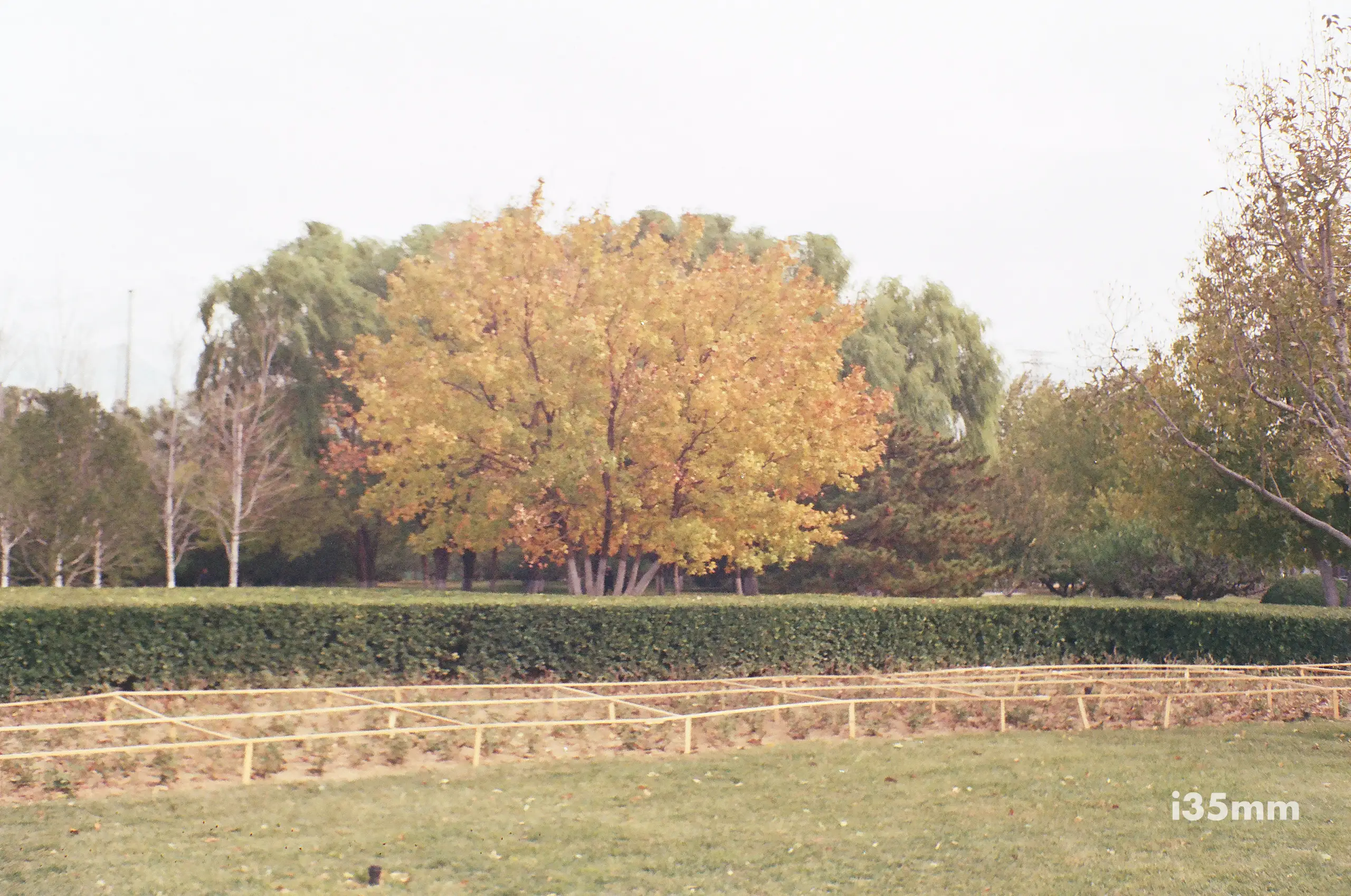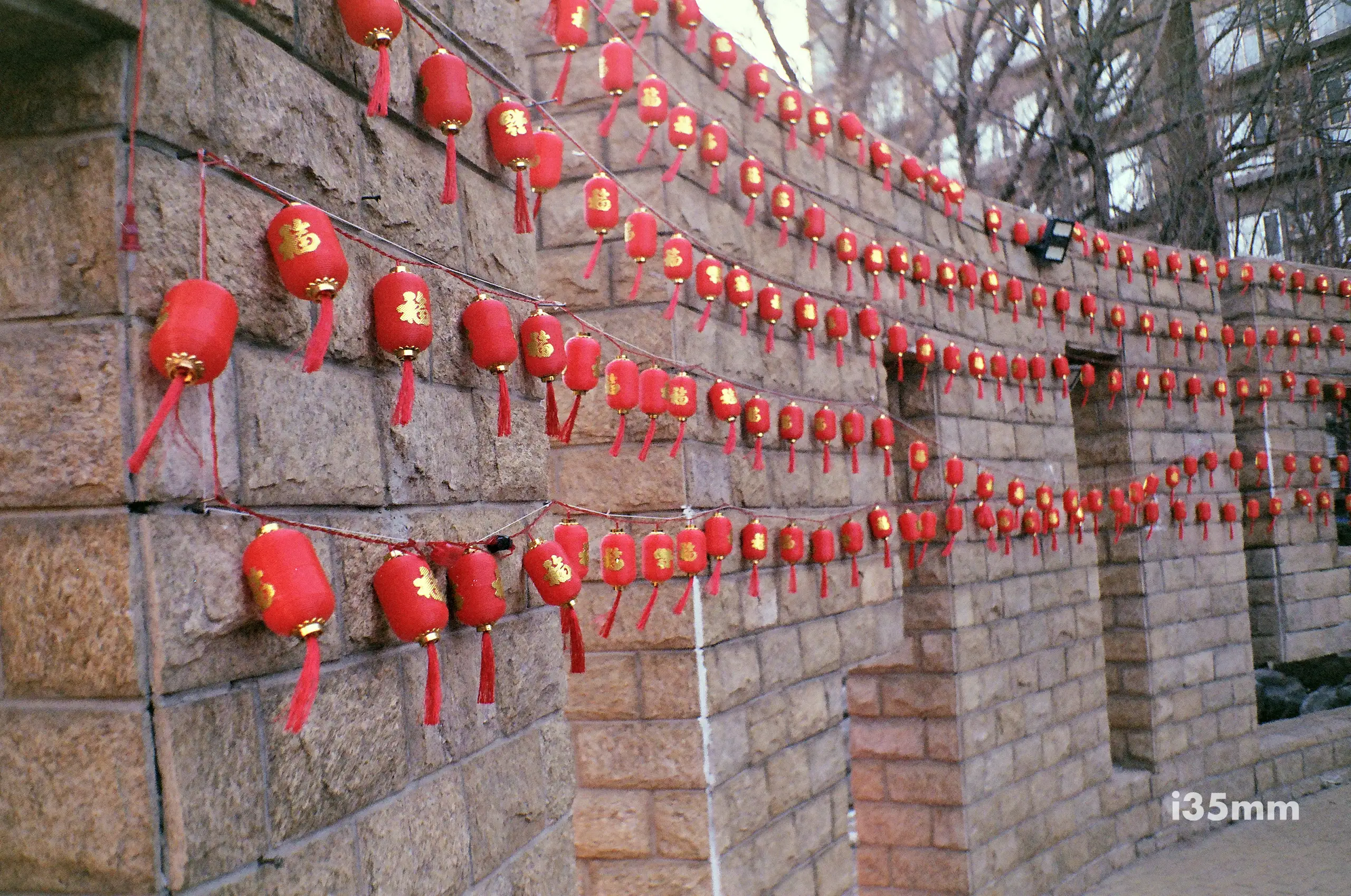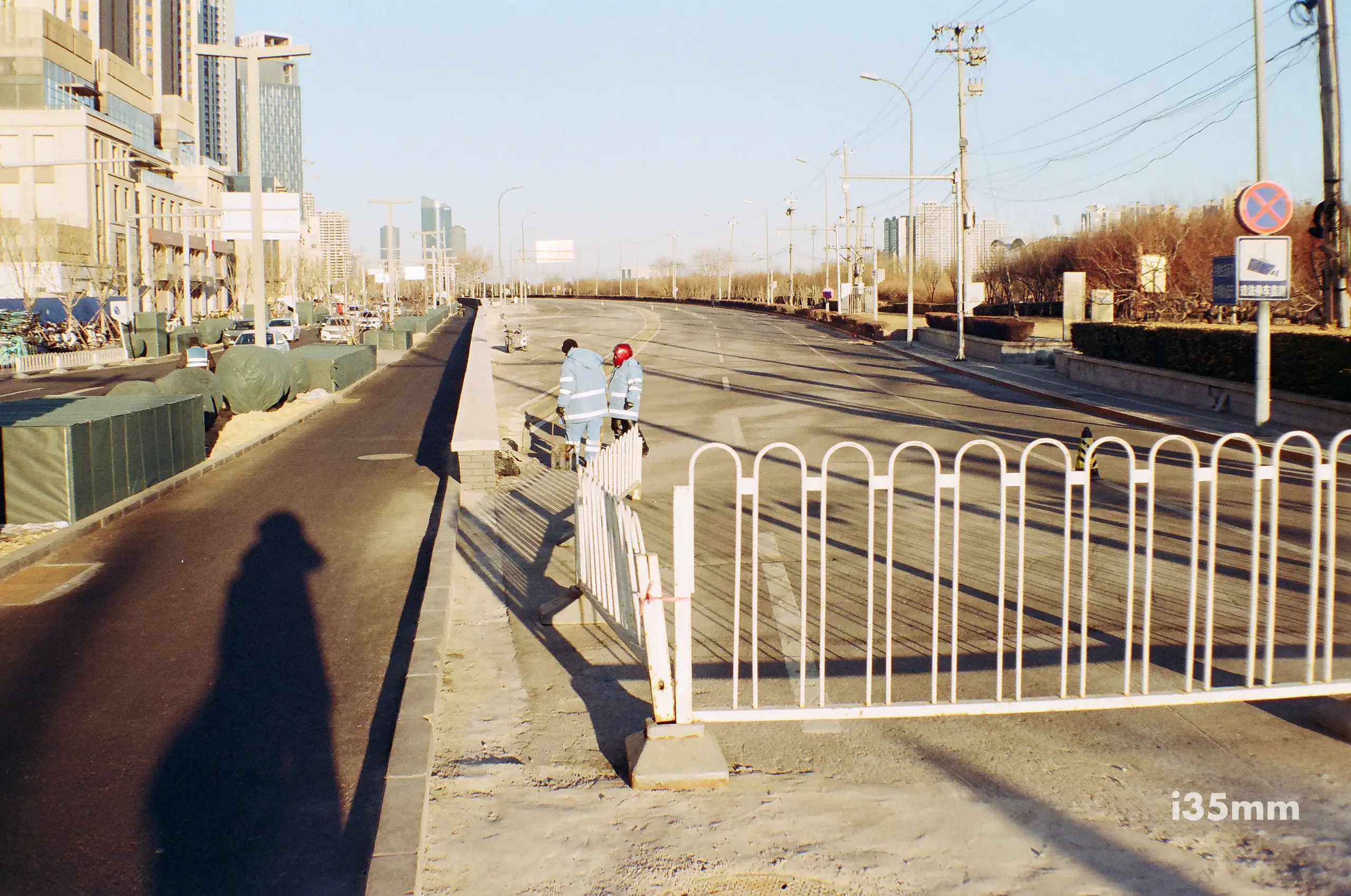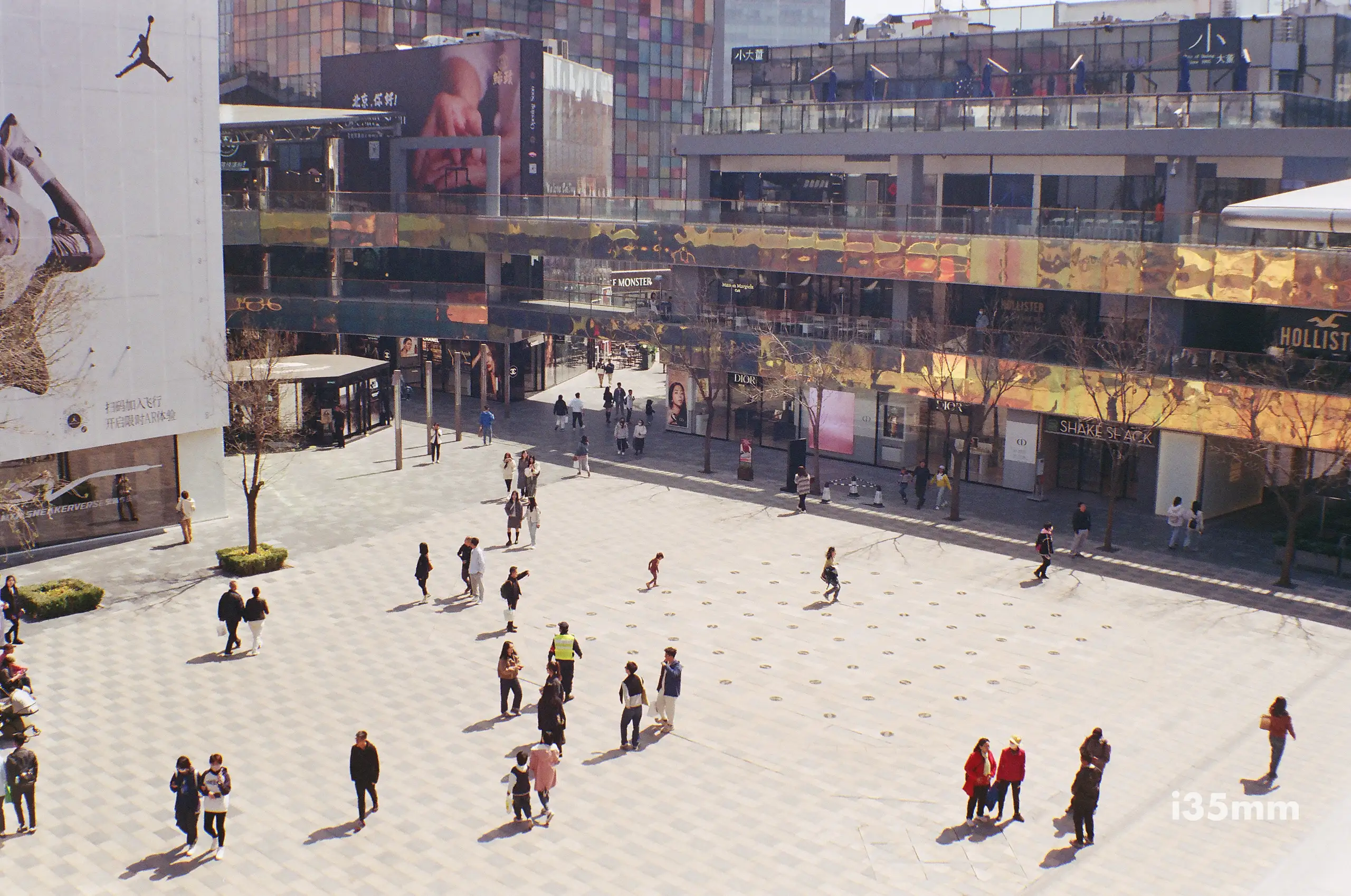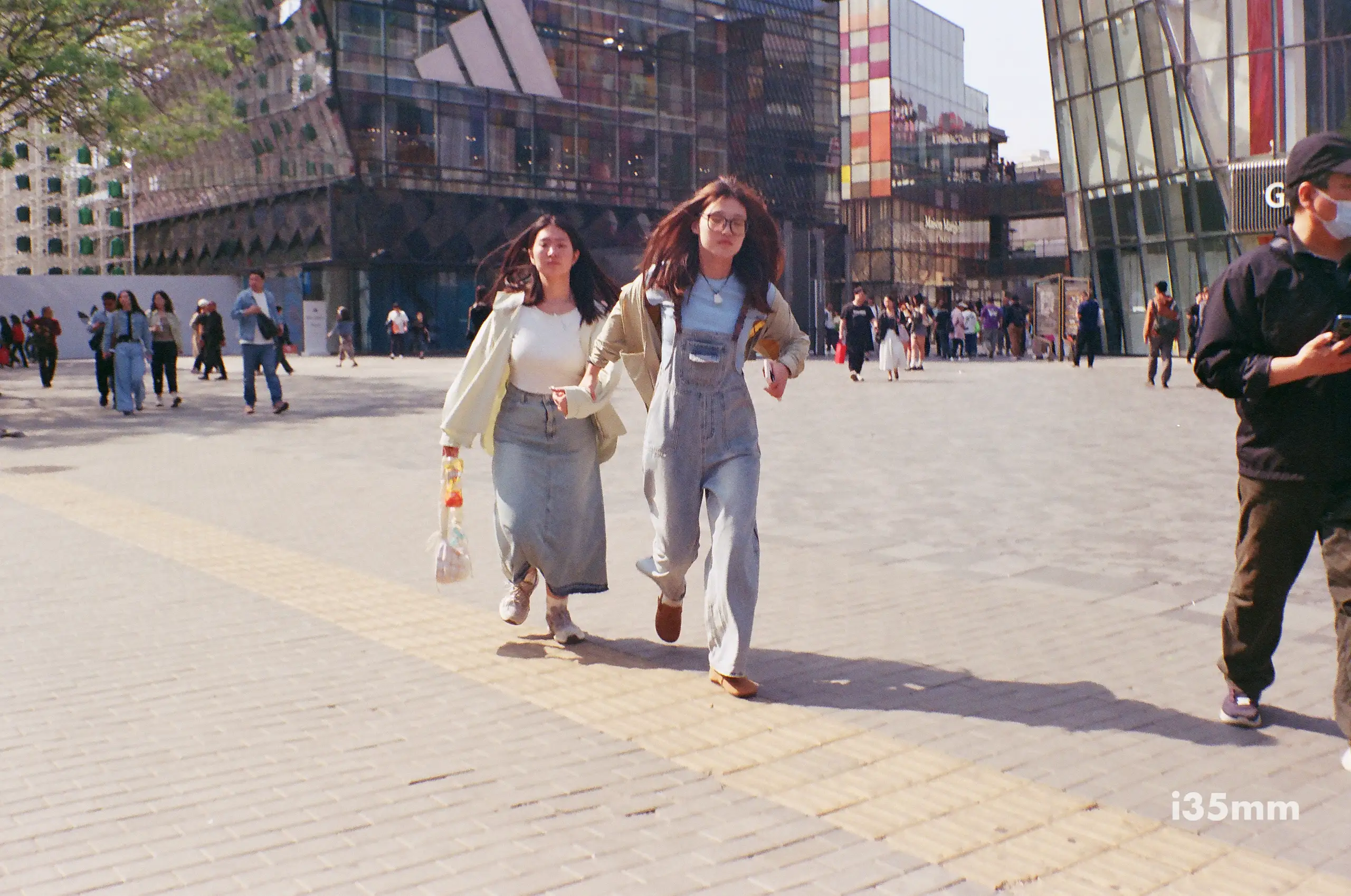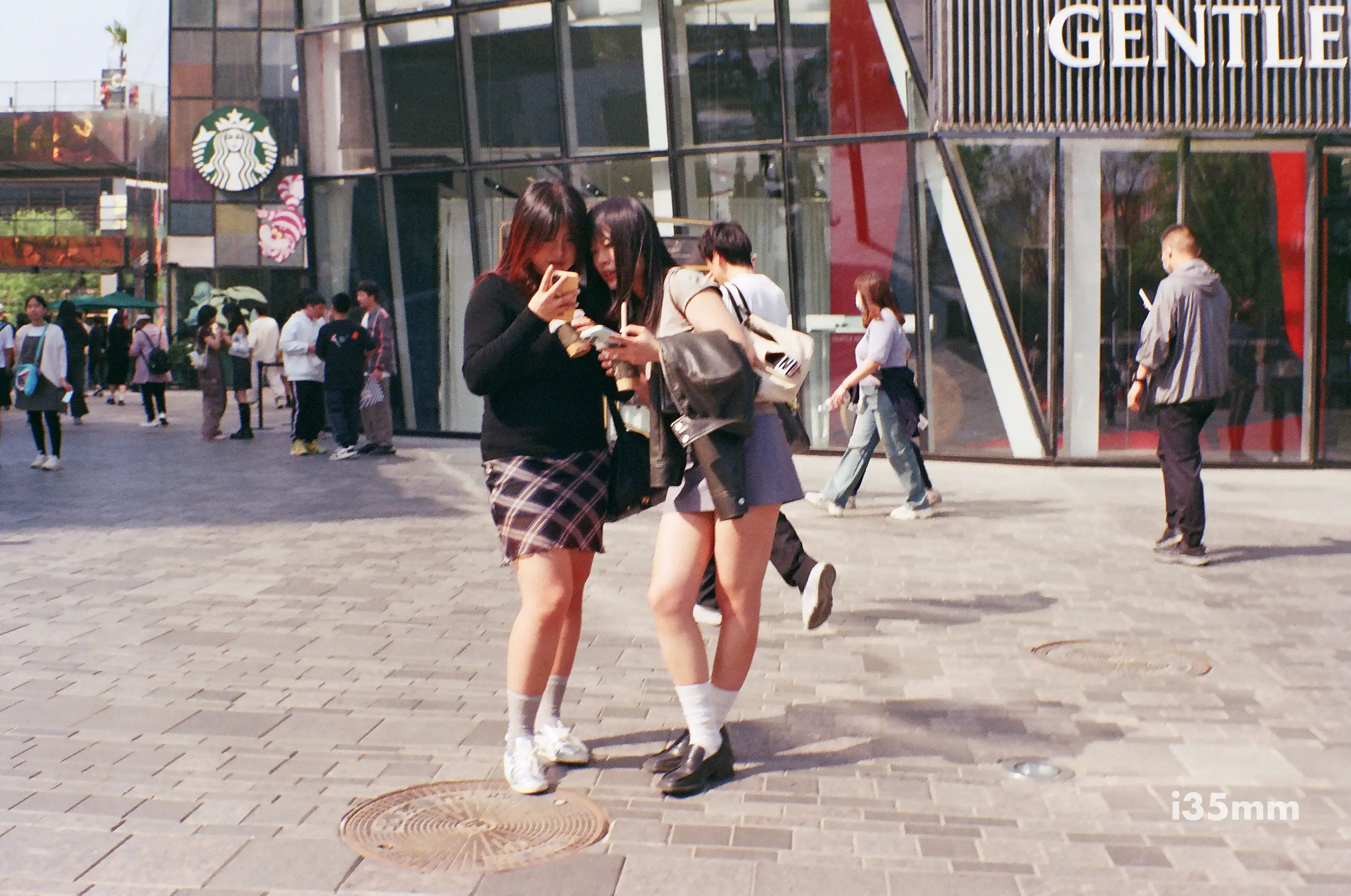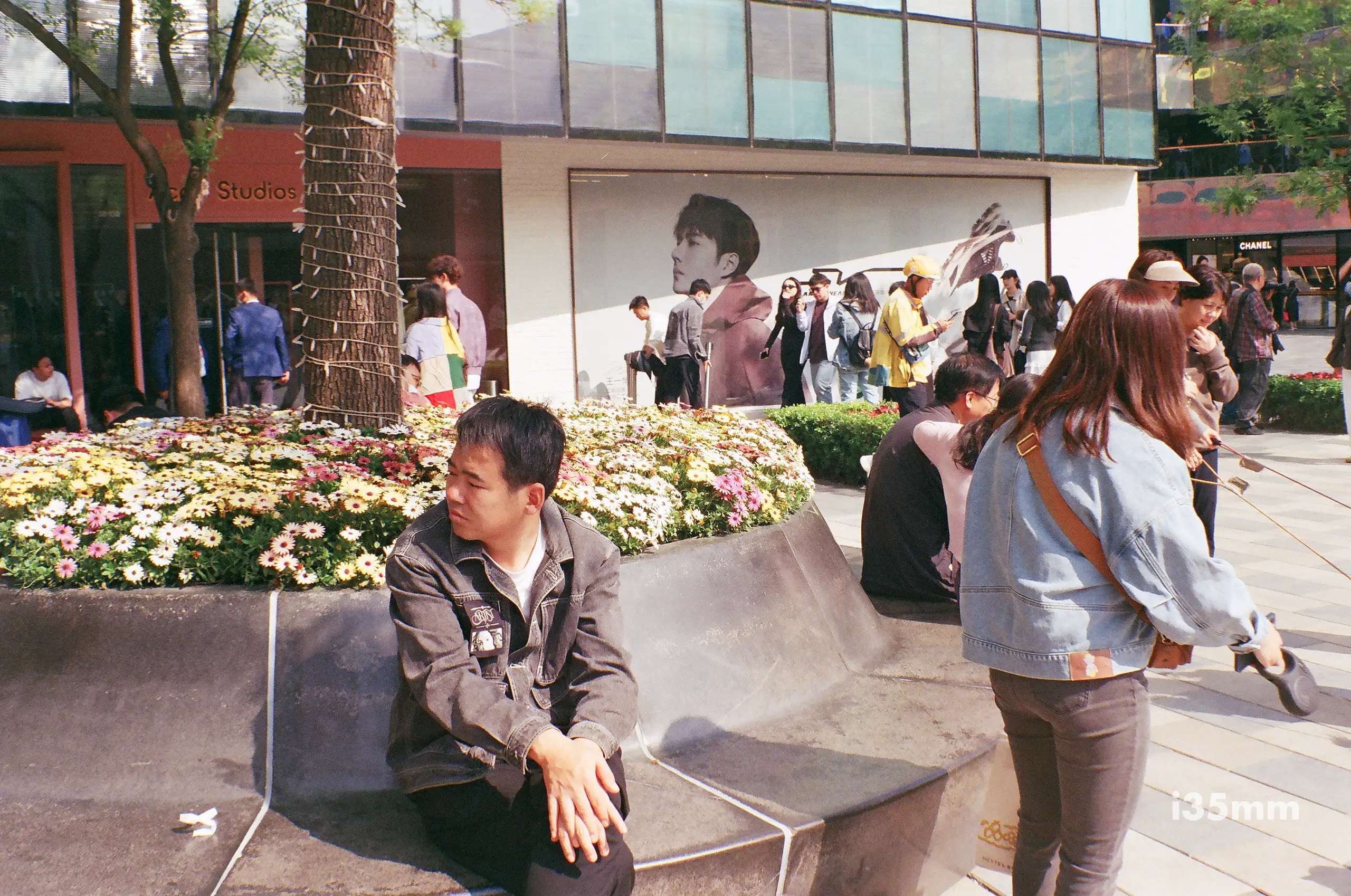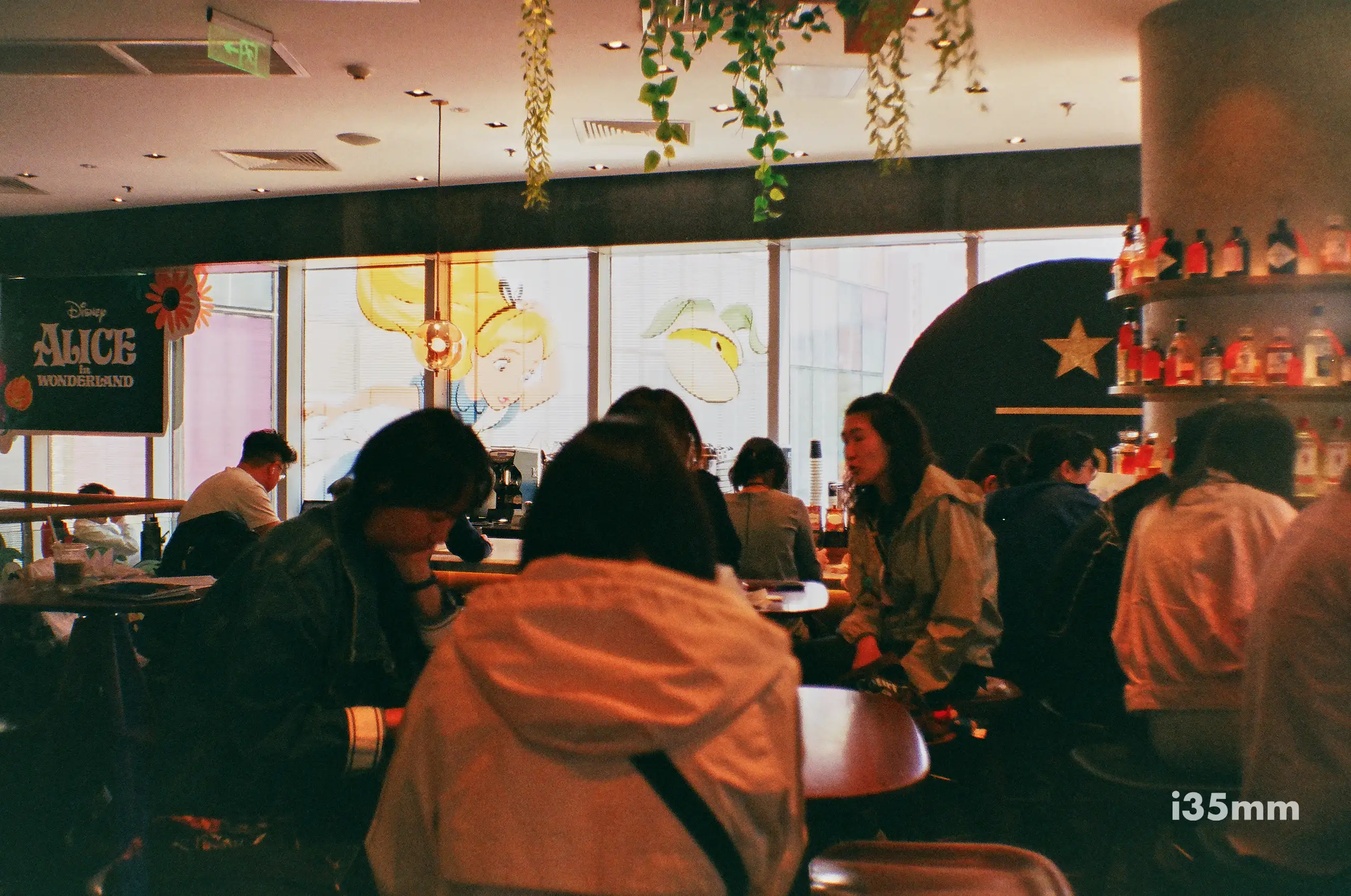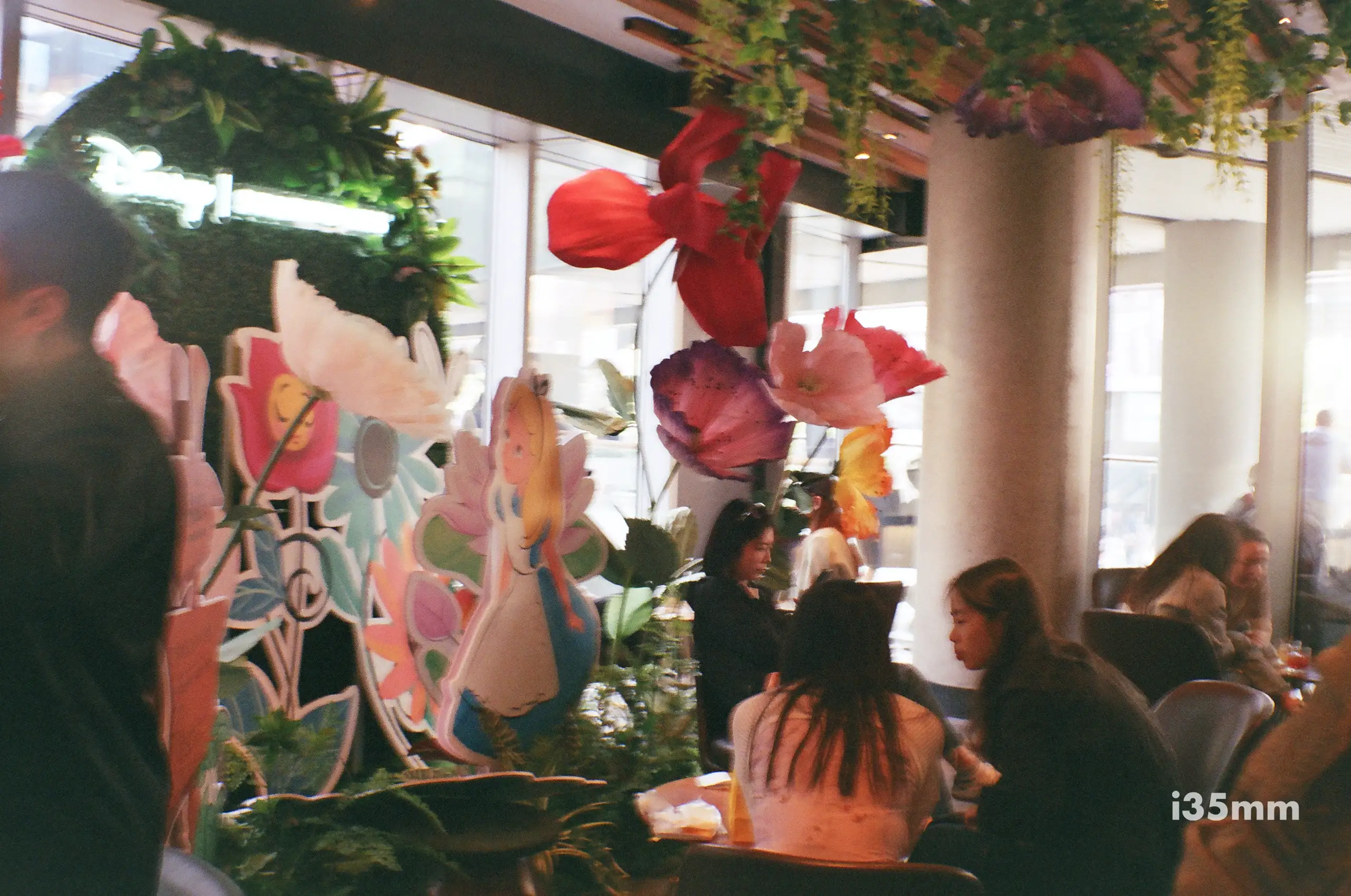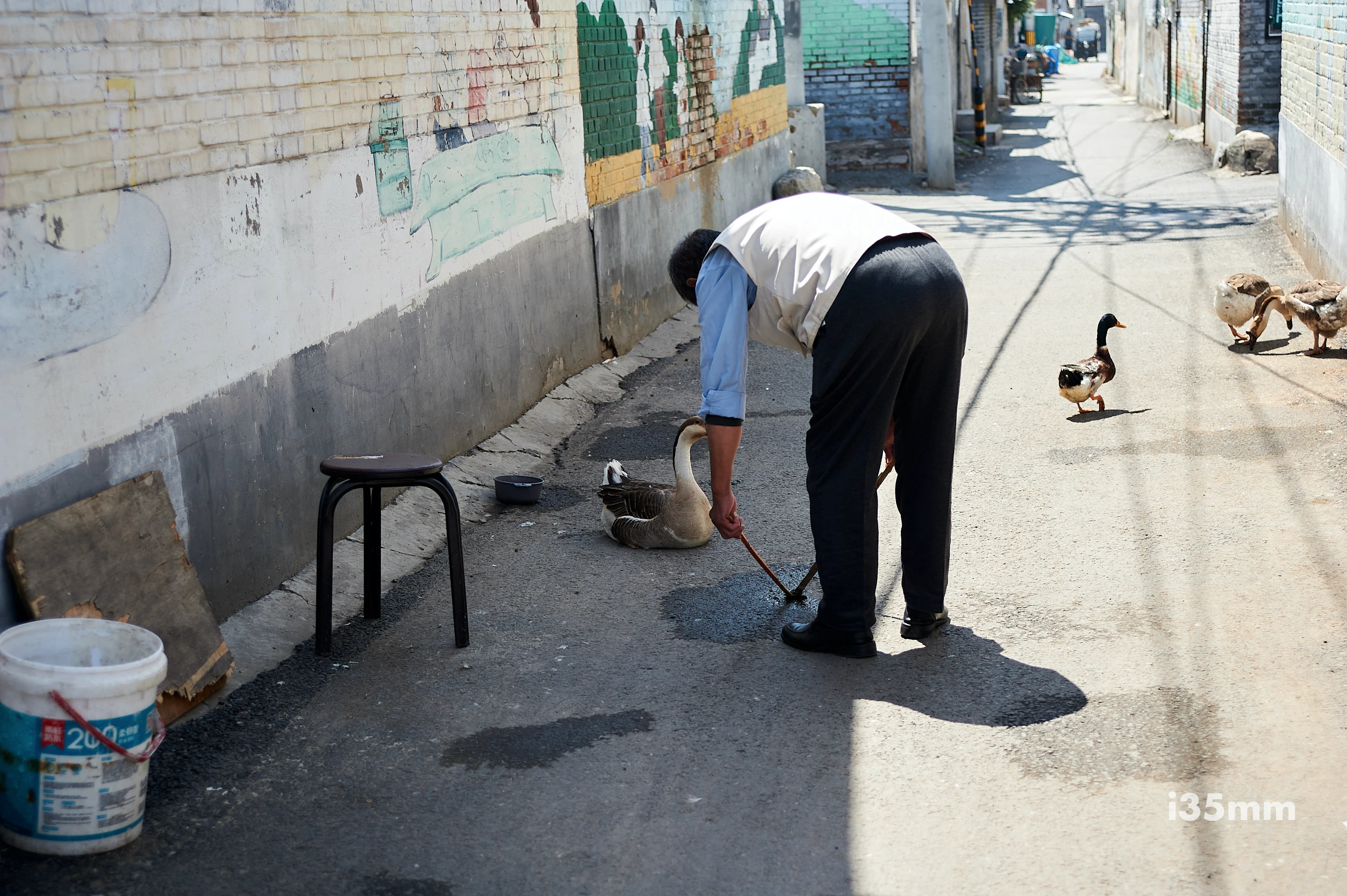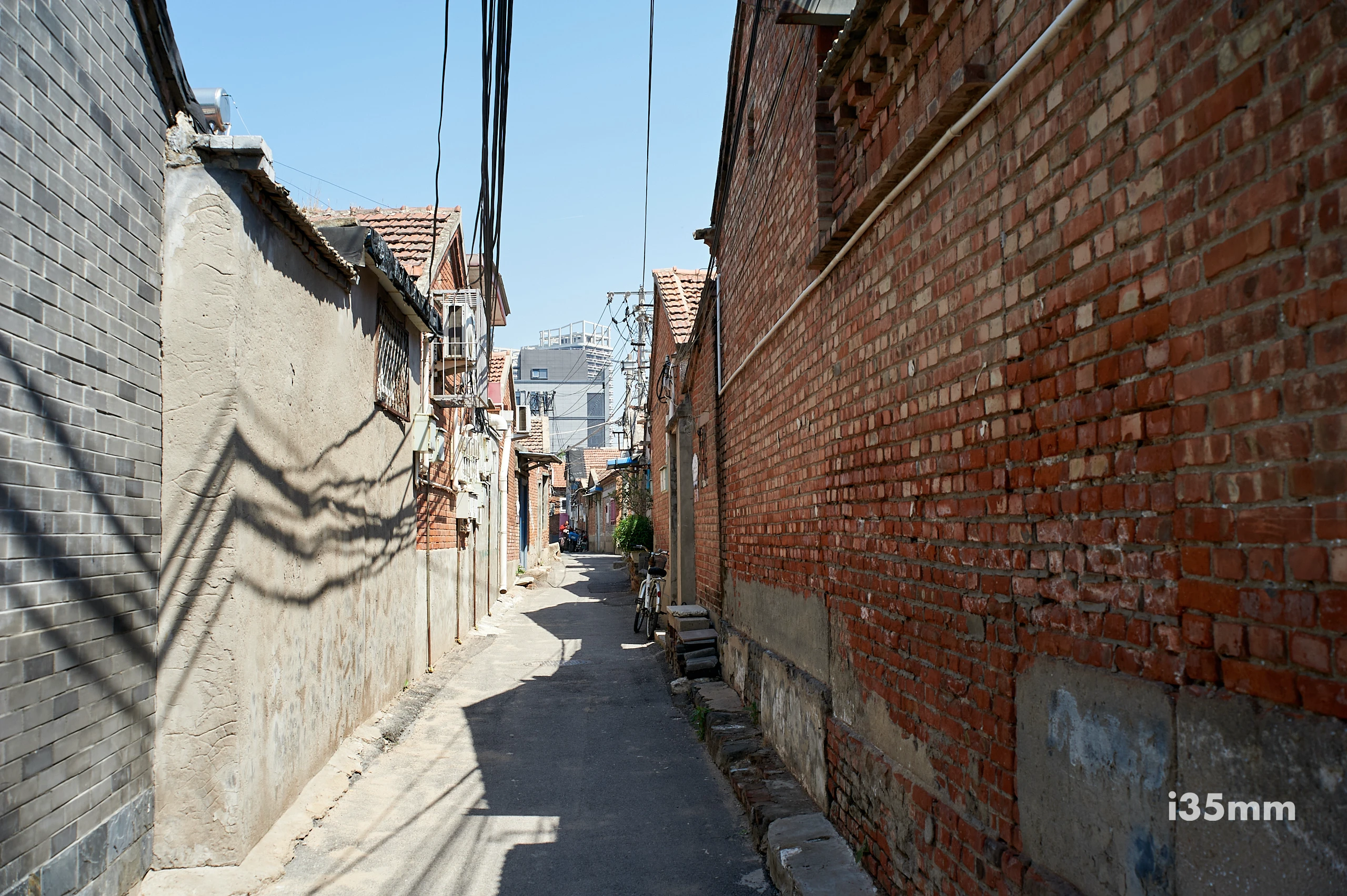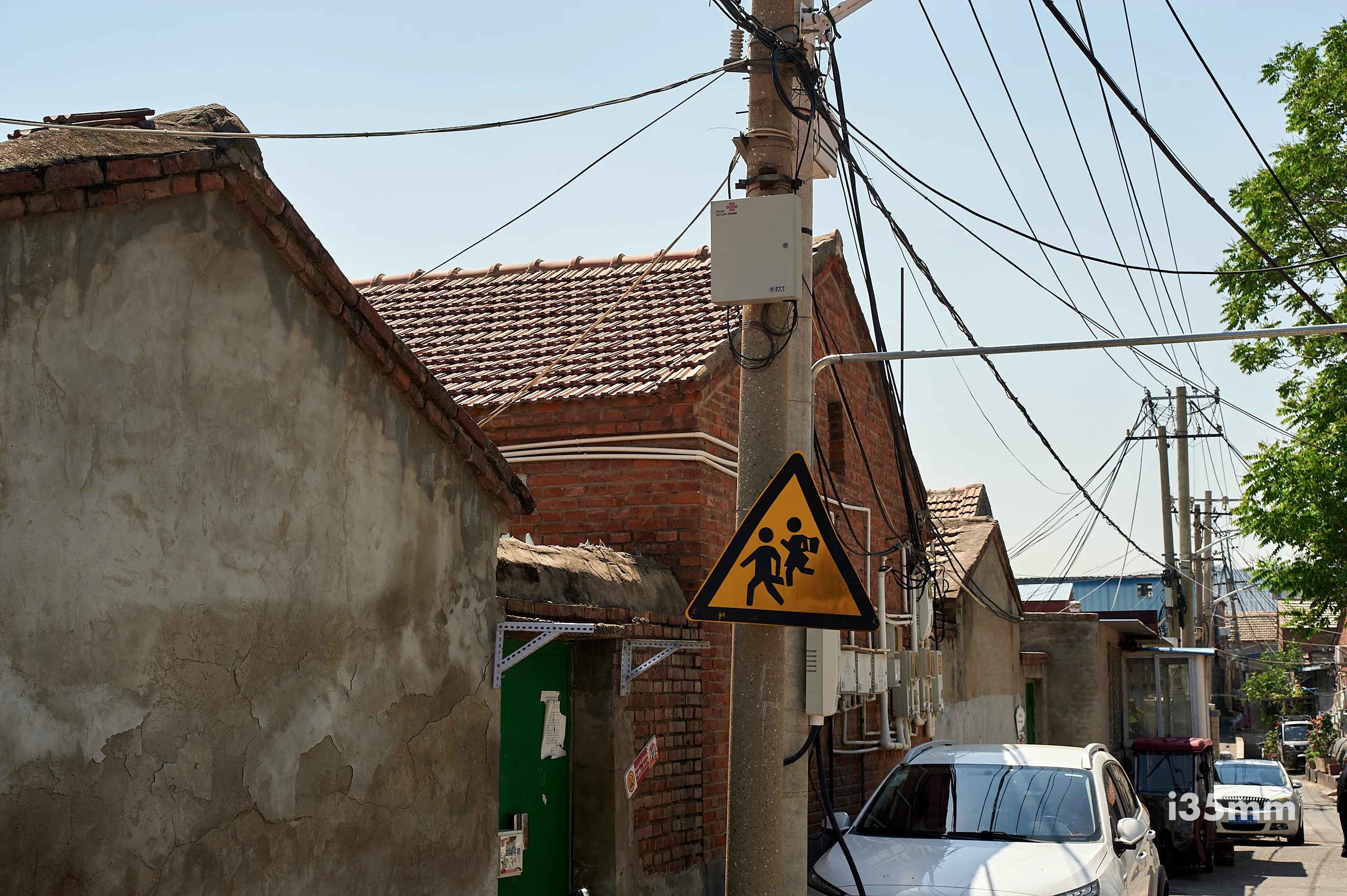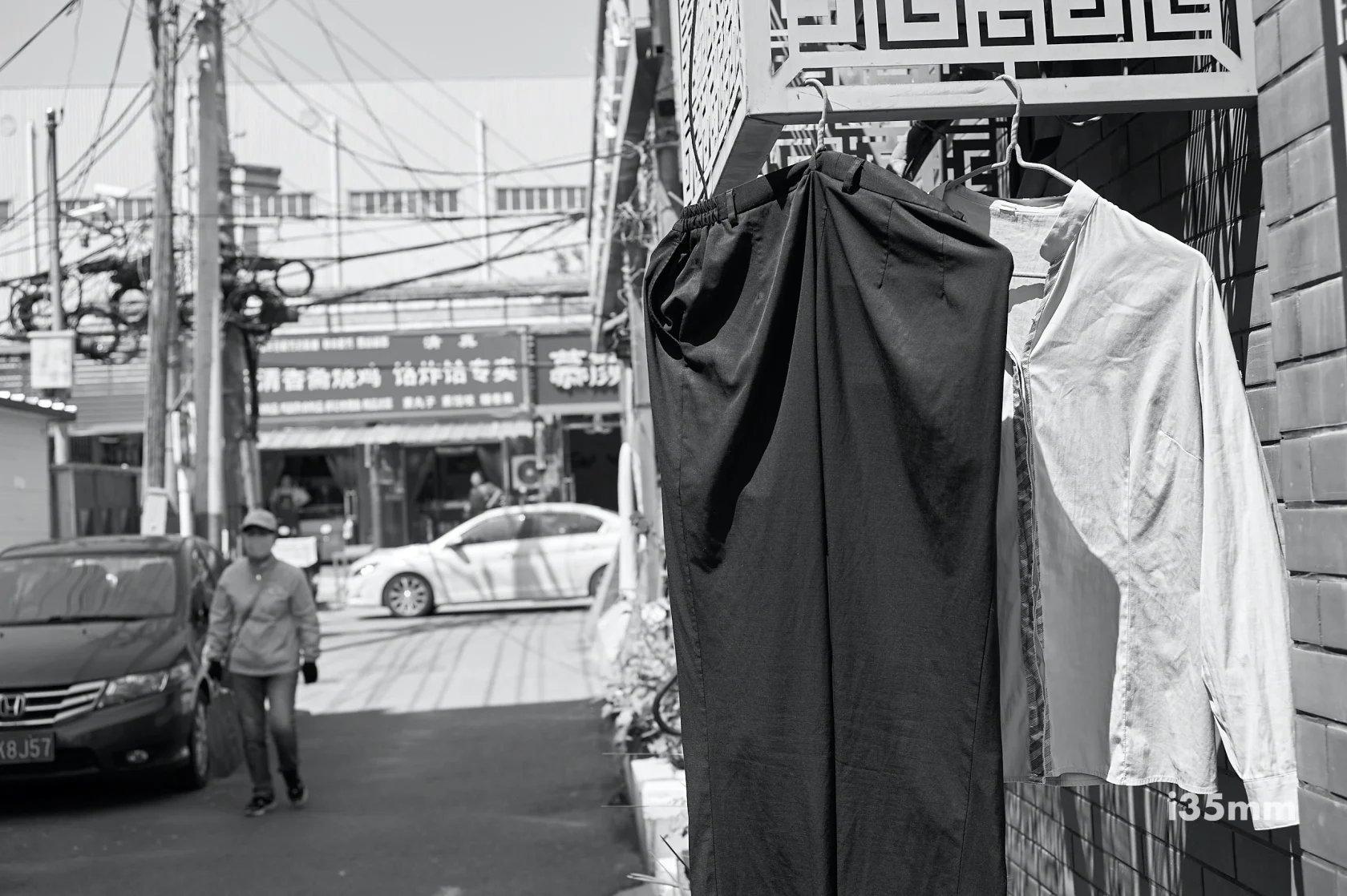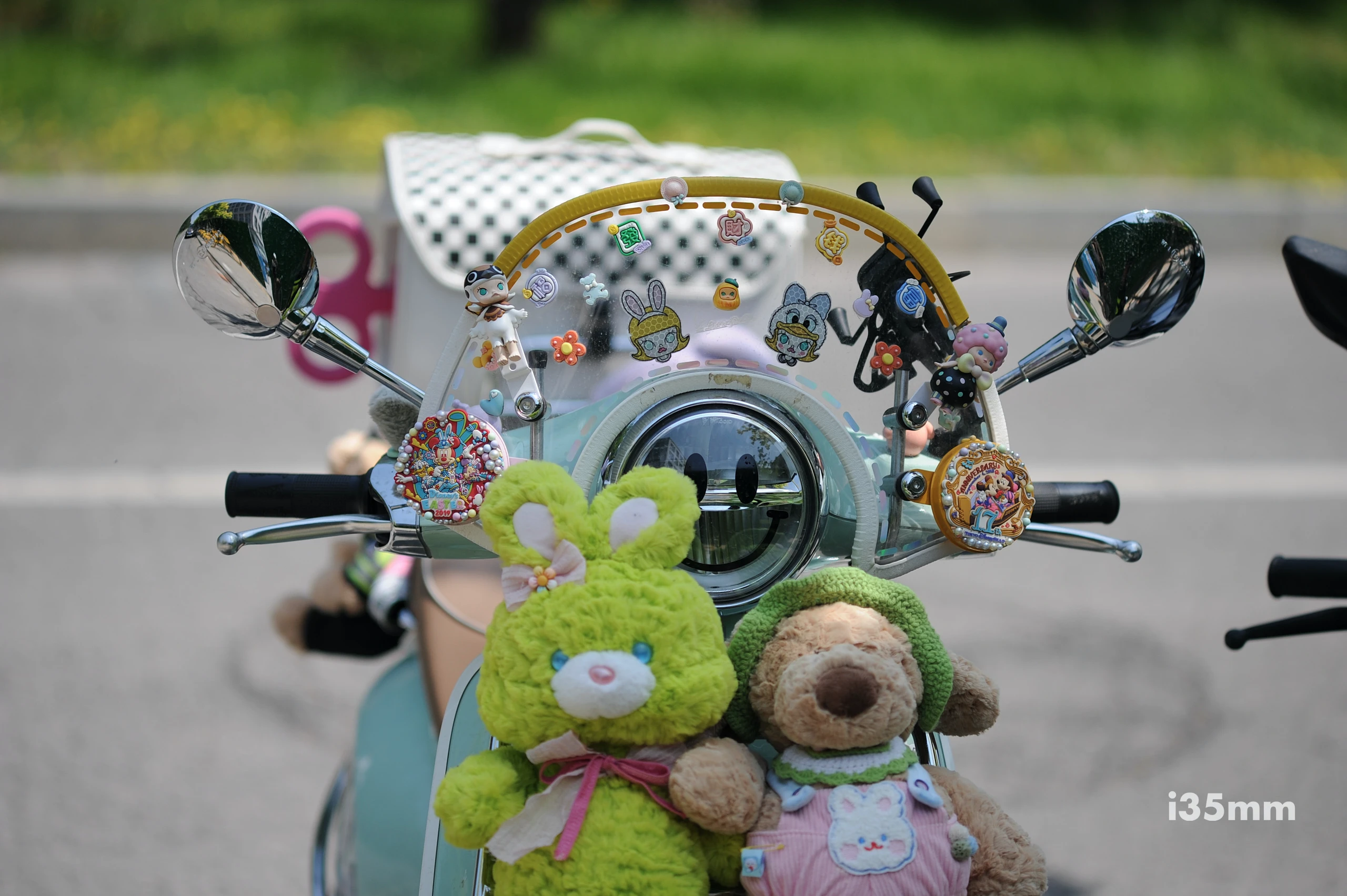
Let’s settle this debate once and for all—with a mix of history, optics, and a dash of vintage obsession.
The “Afghan Girl” Lens: Myth vs. Reality
The iconic 1984 photograph by Steve McCurry was shot with a Nikon FM2, Nikkor 105mm f/2.5 AI-S lens, and Kodachrome 64 film. This specific AI-S version (released in 1977) features a 5-element/4-group Xenotar-type design, optimized for sharpness, color fidelity, and improved close-range performance with Nikon’s multicoating technology.
But here’s the twist:
My beloved Auto-era 105mm f/2.5 (officially AI-converted by Nikon) is not the “Afghan Girl” lens—yet I love it even more.
Why the Auto-to-AI Conversion Matters
In Nikon’s golden era (when Leica was their main rival), Auto lenses were built like tank engines: all-metal construction, buttery focus rings, and optical formulas designed for black-and-white film. However, they lacked compatibility with later Nikon SLRs due to missing aperture indexing (AI).
Nikon’s official AI conversion service (now rare) transformed these classics into hybrid gems:
- Mechanical upgrades: Added AI coupling for accurate metering on modern film/digital bodies (like my D700/D800).
- Cost efficiency: Back in the day, converted AI lenses cost barely $20–30 more than unmodified Auto versions.
- Pure nostalgia: That factory-modified serial number feels like a seal from the Nikon gods.
Auto vs. AI-S: A Tale of Two 105mm Lenses
Let’s break down why my “non-Afghan Girl” Auto-converted lens steals my heart:
1. Optical Soul
- Auto (Pre-AI, Sonnar design):
- 5 elements/3 groups (1959–1971).
- Single-coated for softer contrast—perfect for rendering creamy bokeh with a painterly glow.
- Lower sharpness at close distances but delivers a “vintage haze” that digital lenses can’t replicate.
- AI-S (Xenotar design):
- 5 elements/4 groups (post-1977).
- Multicoated for punchier colors and clinical sharpness (ideal for McCurry’s Kodachrome).
- Linear aperture control for seamless shutter-priority modes.
My take: The Auto version’s lower contrast isn’t a flaw—it’s a time machine. Portraits feel like they’re wrapped in 1960s film grain, even when shot digitally.
2. The JPEG Test (Zero Editing)
[Insert your unedited JPEG example here]
Shot wide open at f/2.5, the Auto-converted lens delivers:
- Tonal subtlety: Skin tones avoid the “plastic” look of modern lenses.
- Bokeh alchemy: Backgrounds melt into watercolor washes, not busy “nervous” swirls.
- WB accuracy: Nikon’s vintage coatings handle mixed light like a seasoned film lab technician.
Why Bother with a “Non-Afghan” Lens?
- Character over clinical perfection: Modern AI-S/Zeiss lenses are technically superior, but they lack the Auto’s imperfect charm—like preferring a vinyl record’s crackle to a sterile Spotify stream.
- DIY history: Using a factory-converted AI lens feels like driving a restomod classic car—vintage soul with modern reliability.
- Collector’s thrill: Finding an official Nikon AI-converted lens today is like unearthing a mint-condition first-edition book.
Final Verdict
Is my 105mm f/2.5 the “Afghan Girl” lens? No.
Is it better? For my style—yes.
While McCurry needed the AI-S’s precision for Kodachrome’s unforgiving palette, my AI-converted Auto lens gives me something no algorithm can replicate: the joy of shooting through a 60-year-old optical formula, tweaked just enough to dance with digital sensors.
